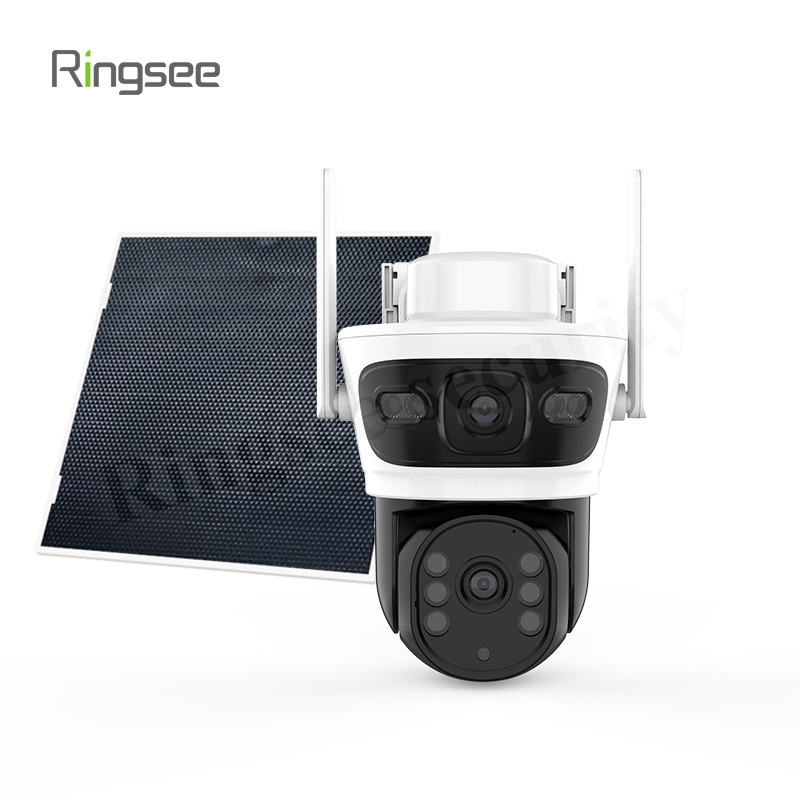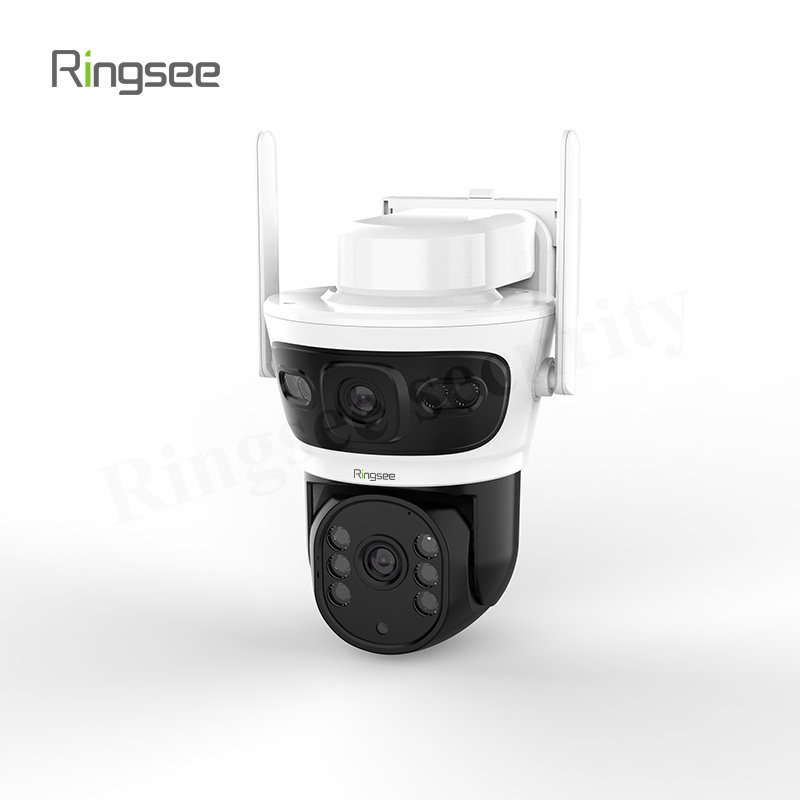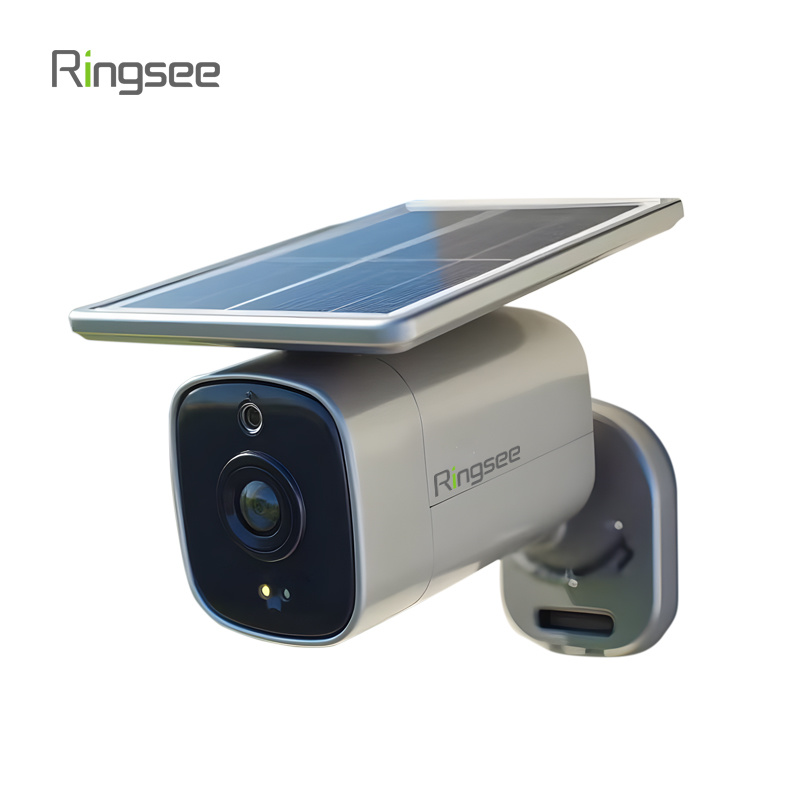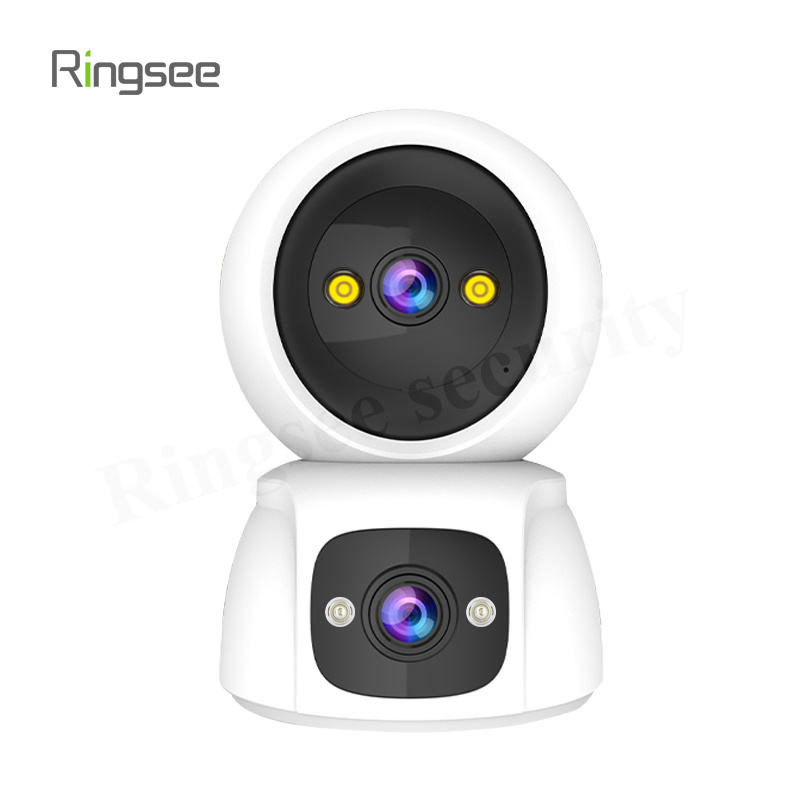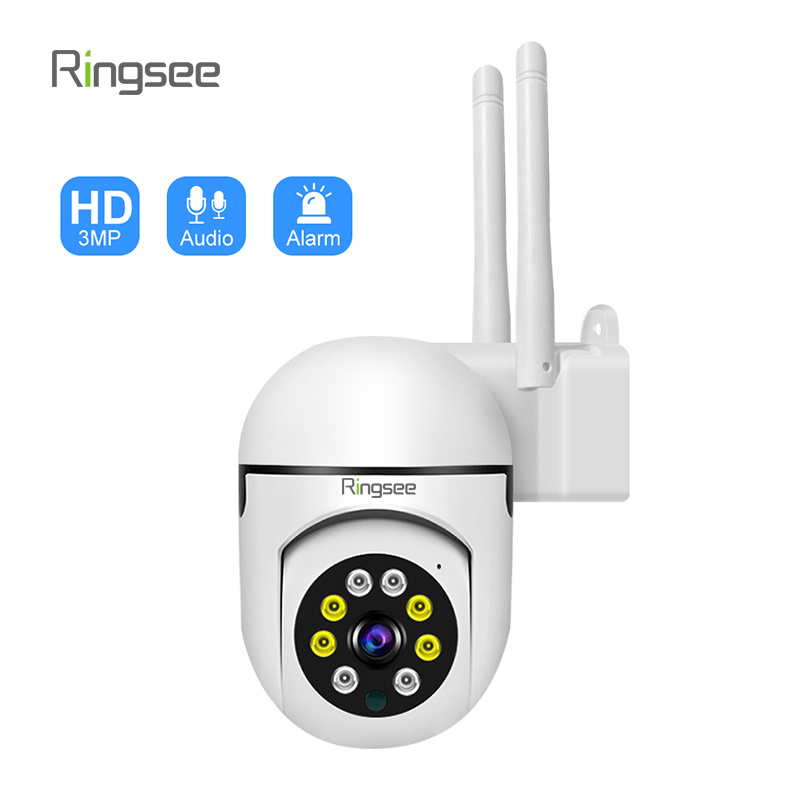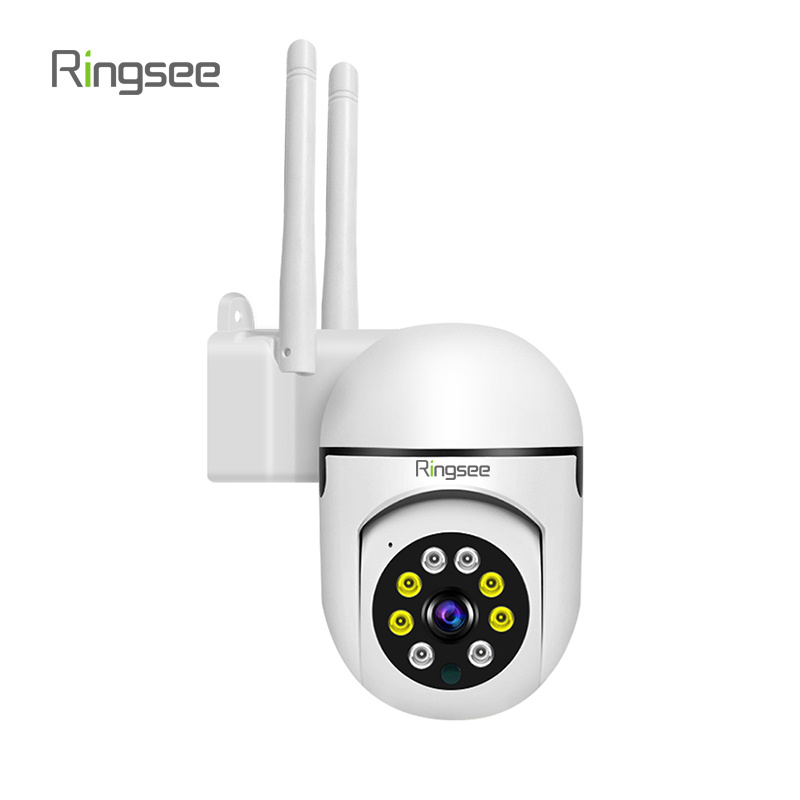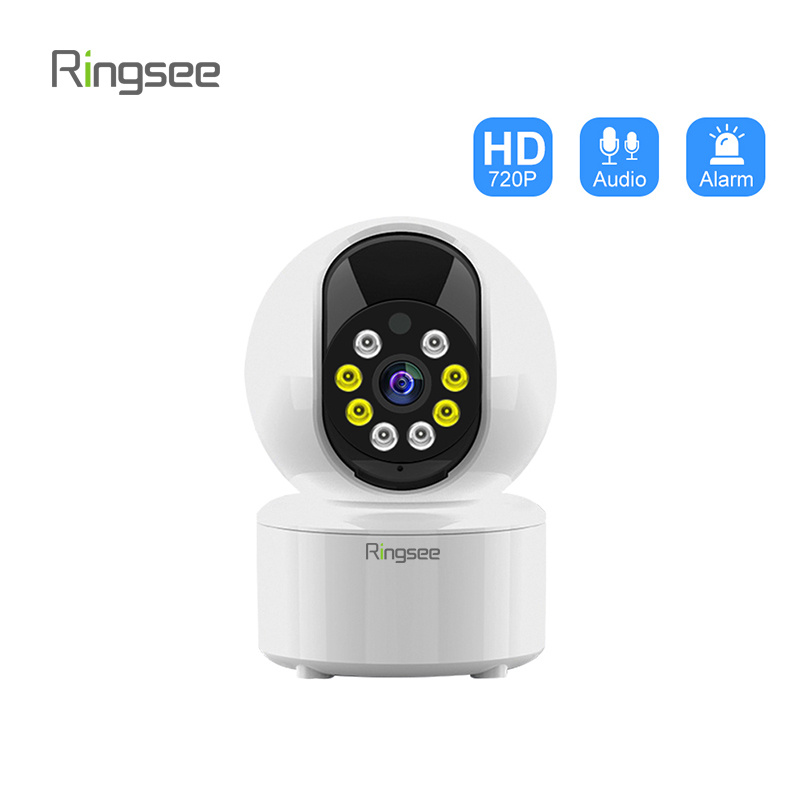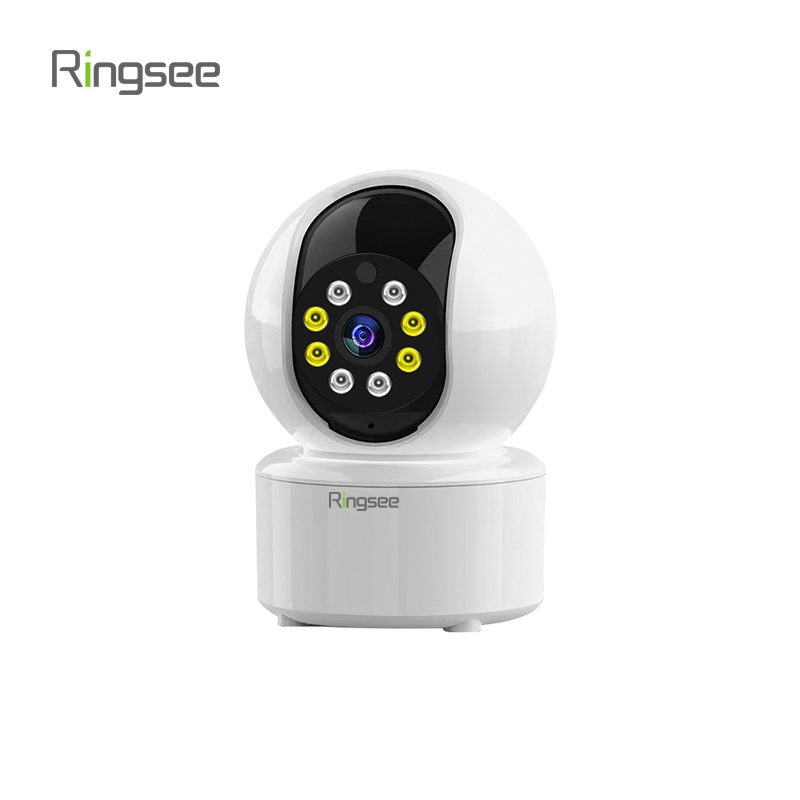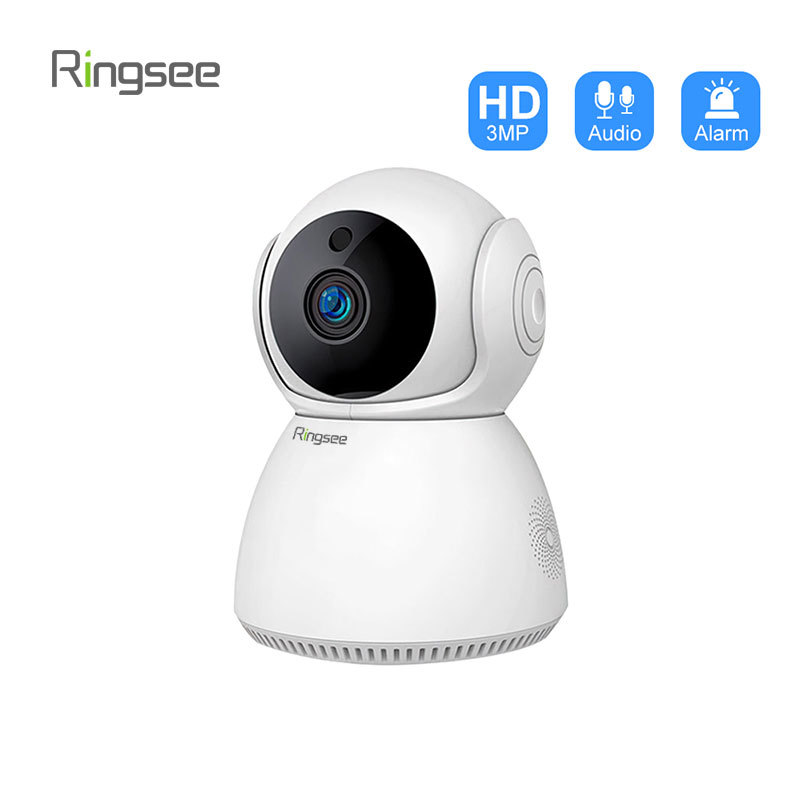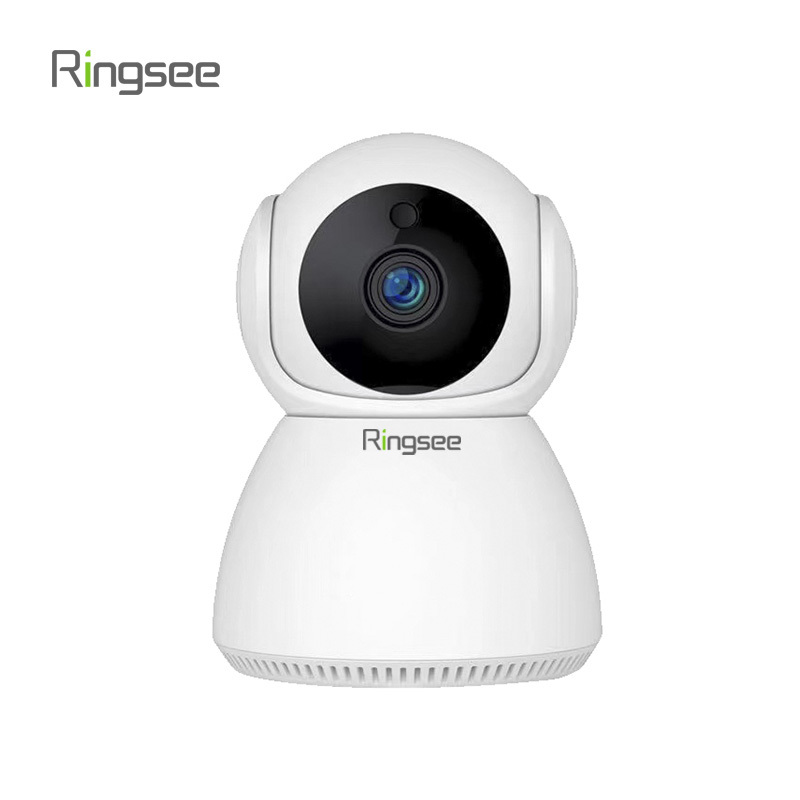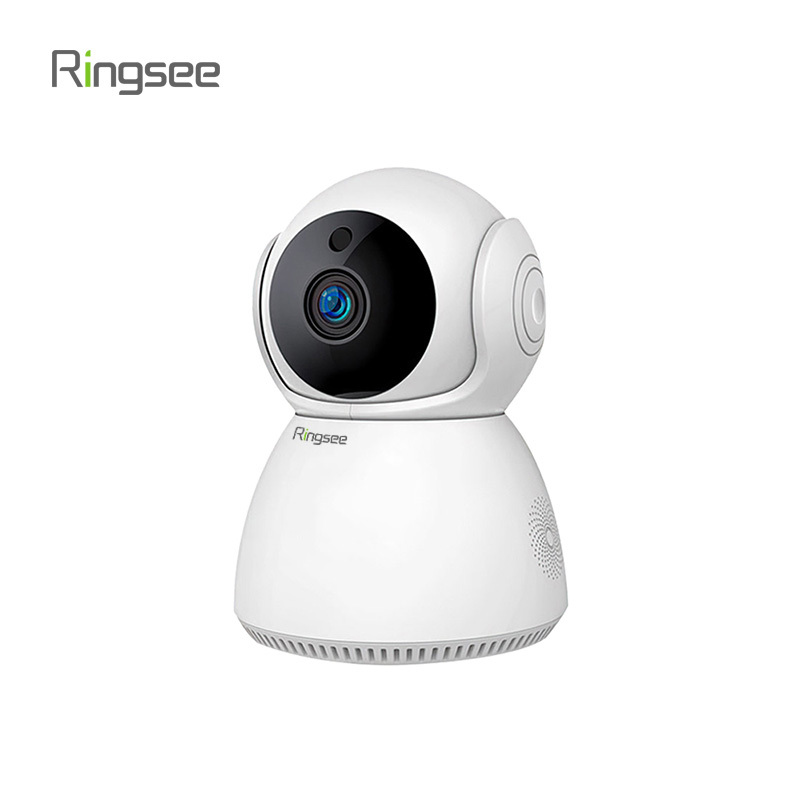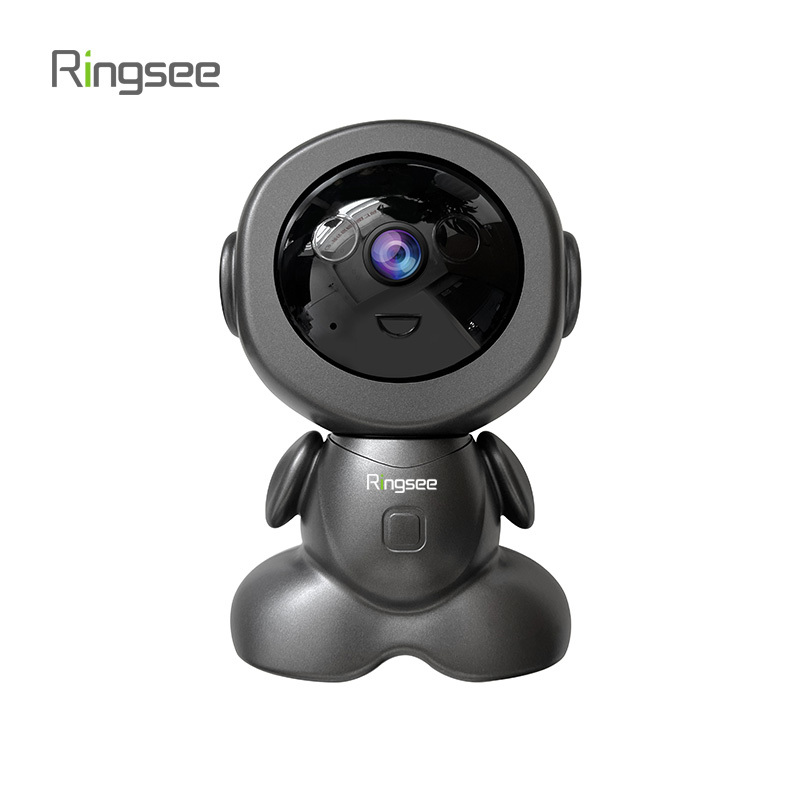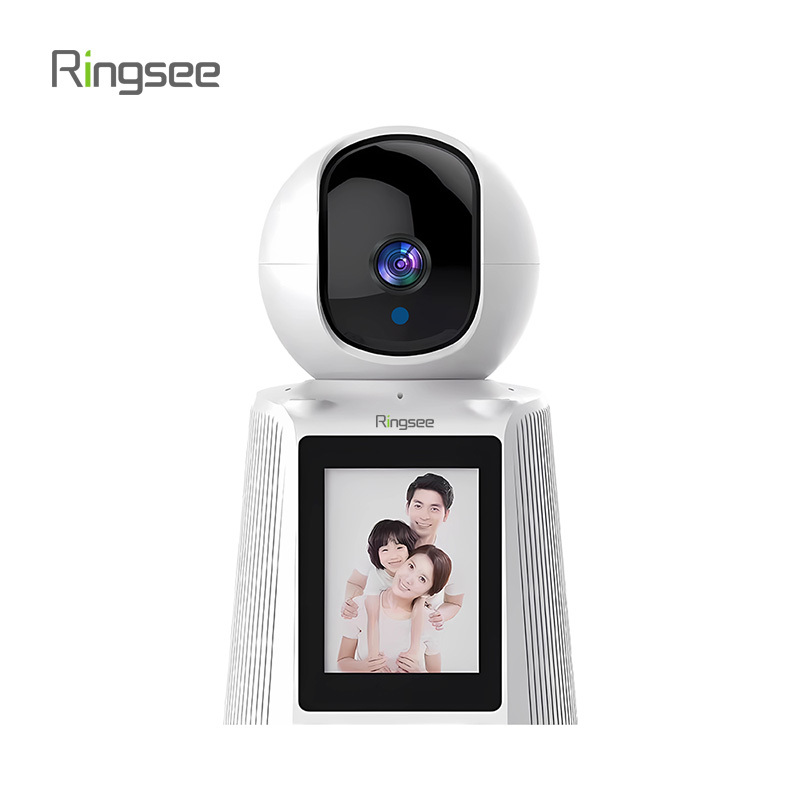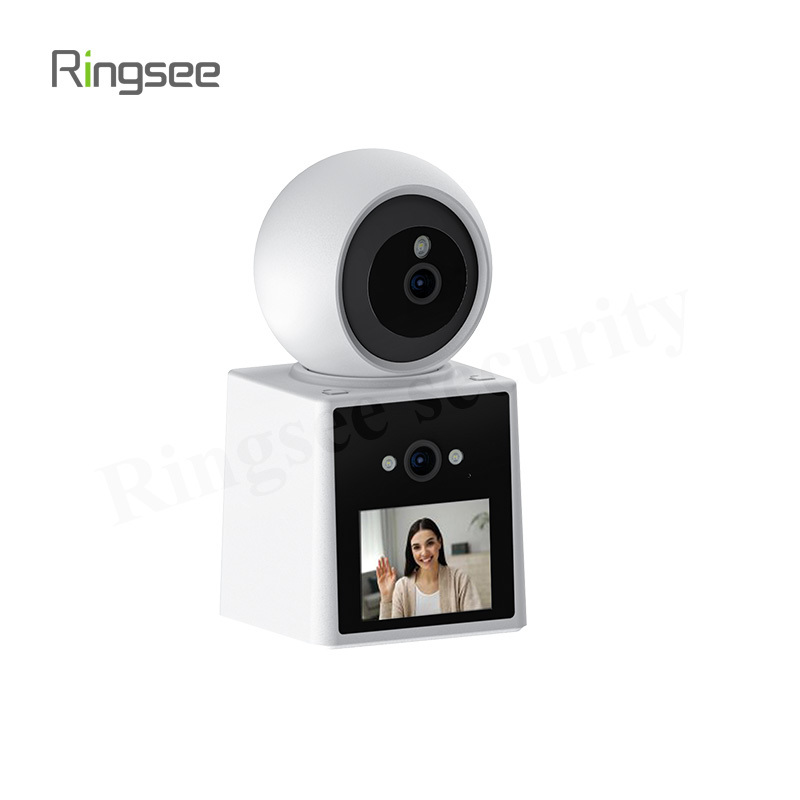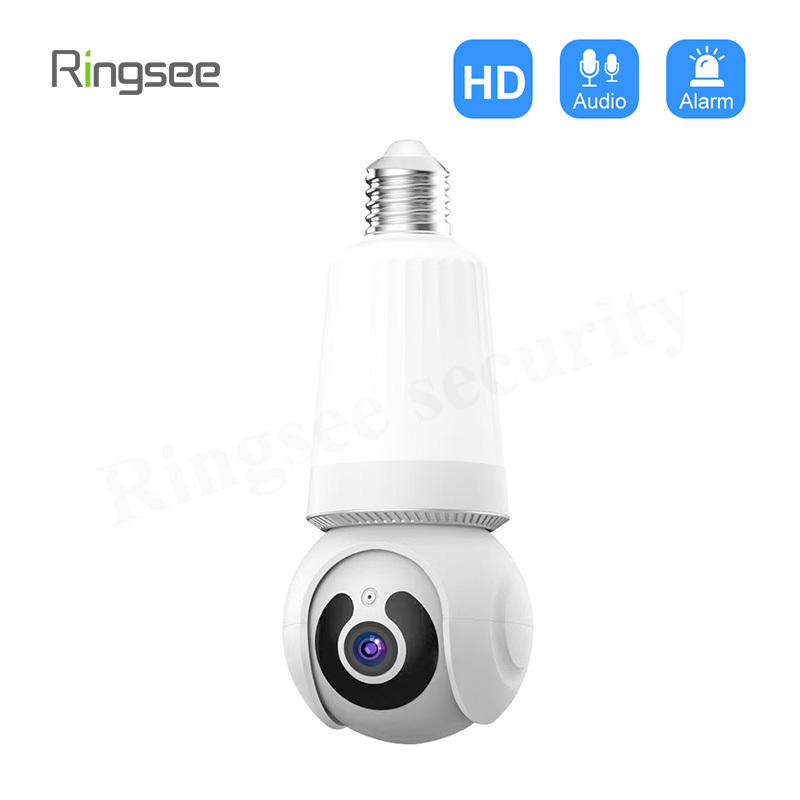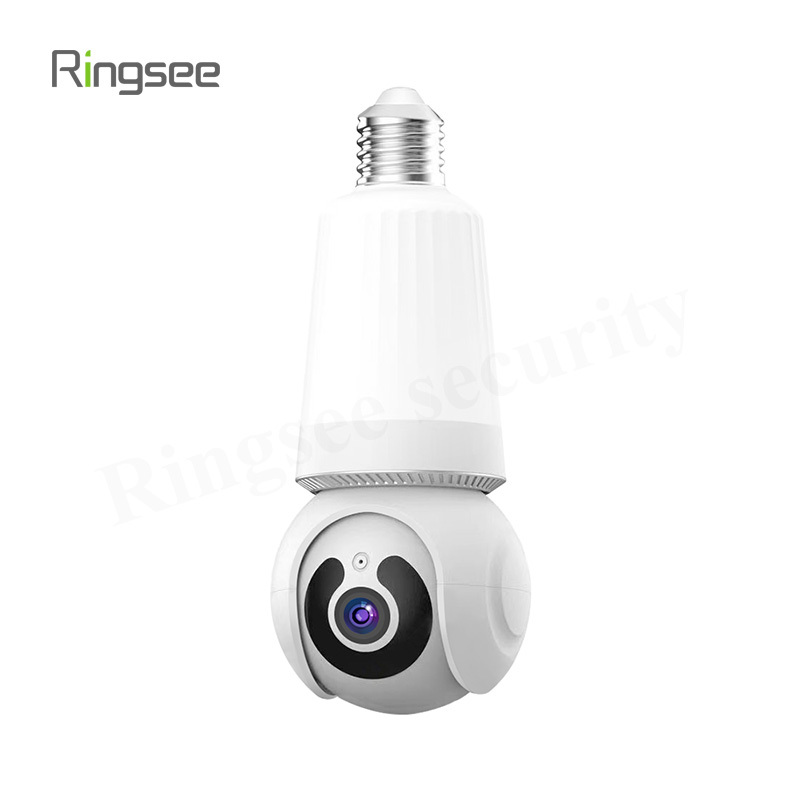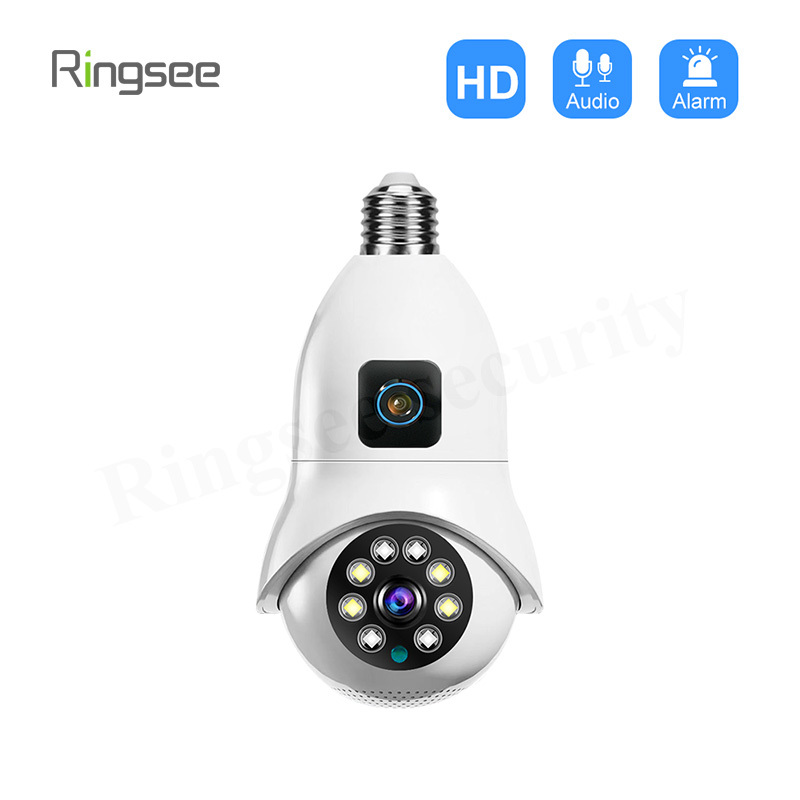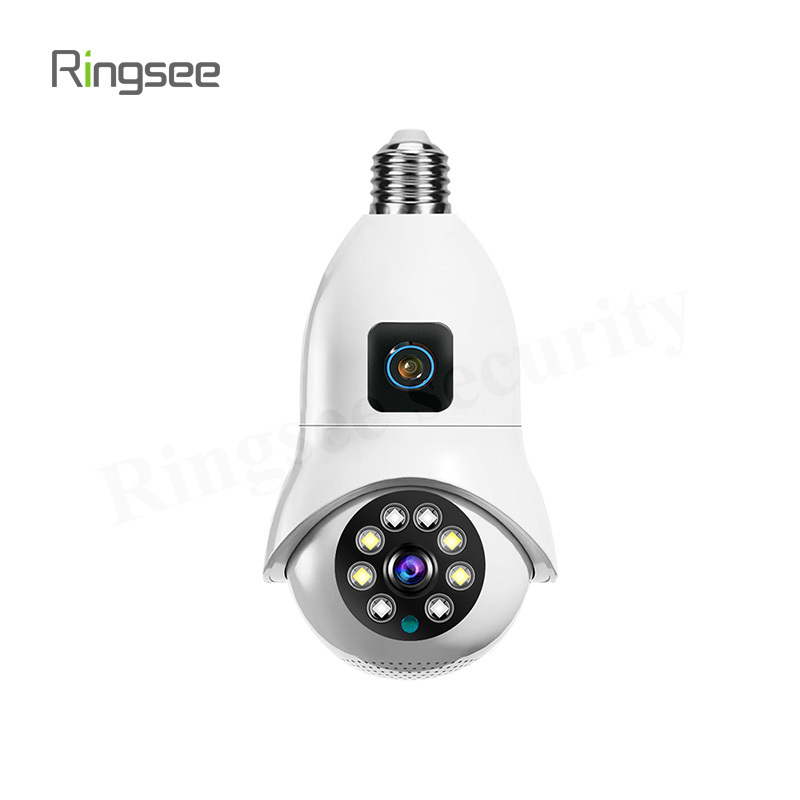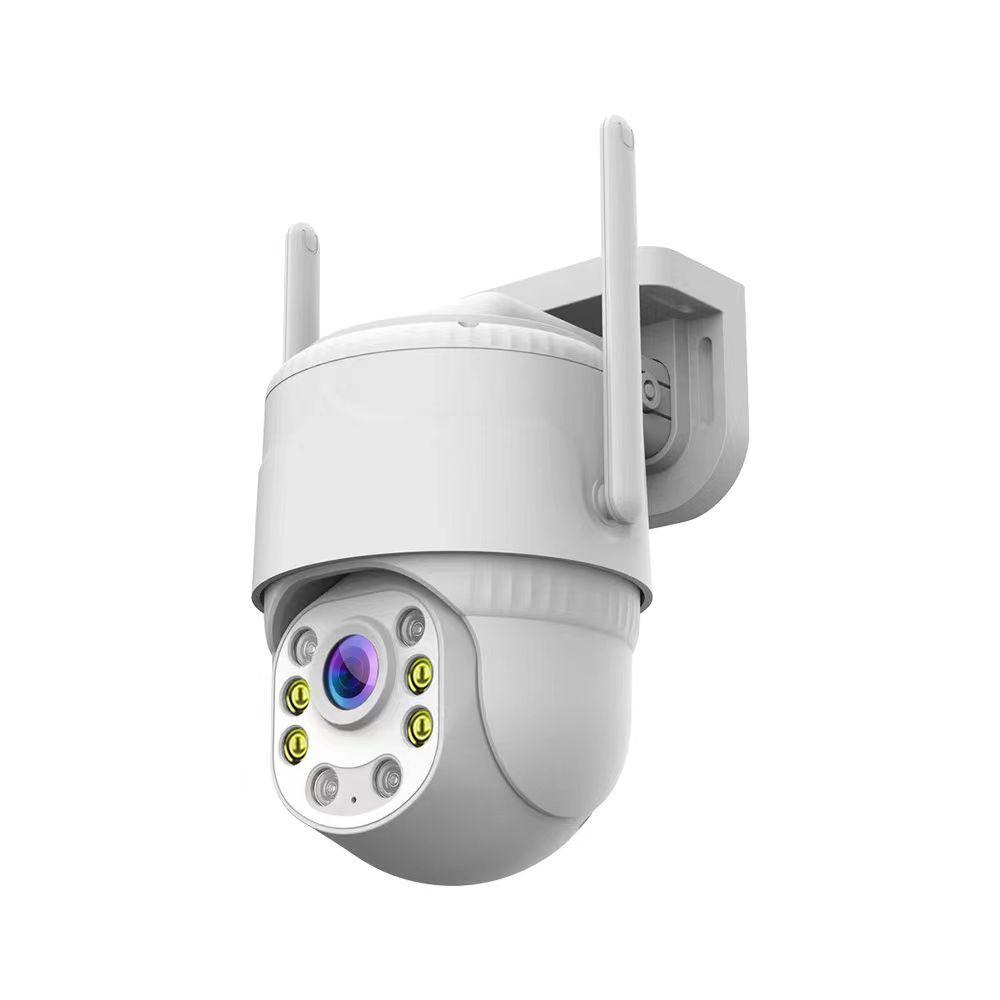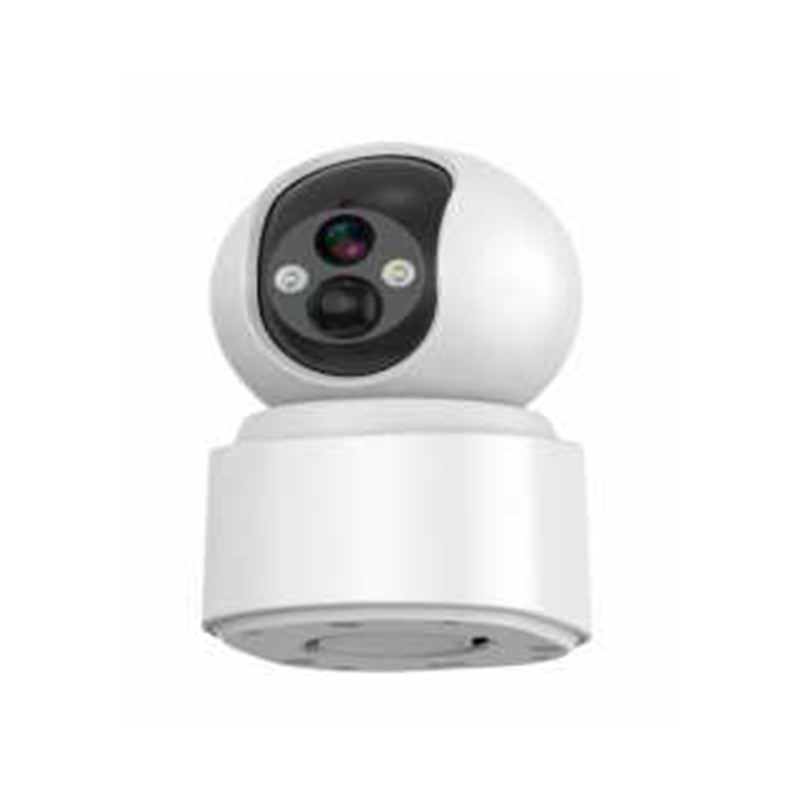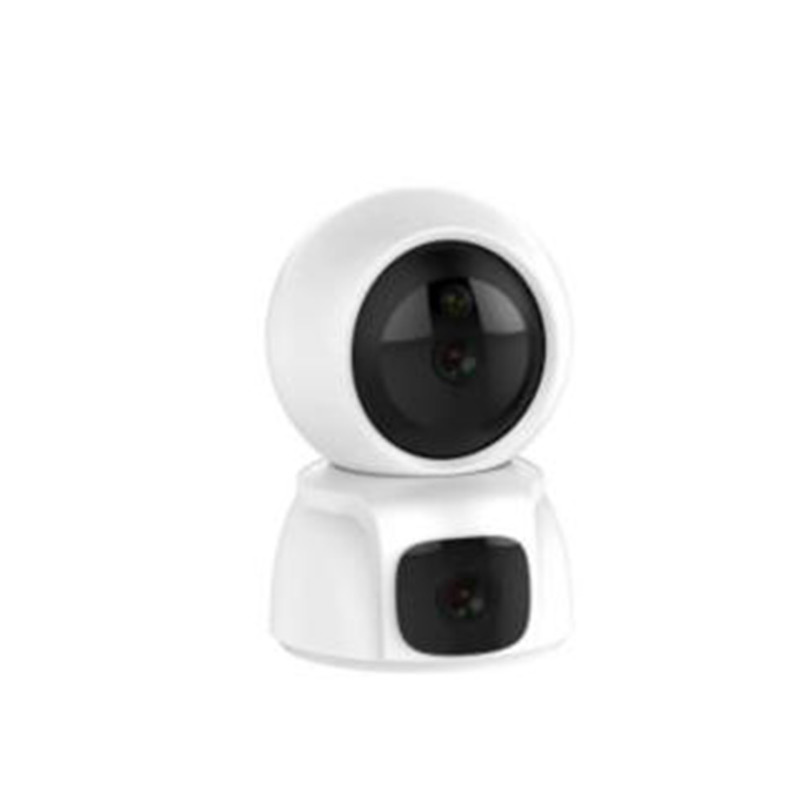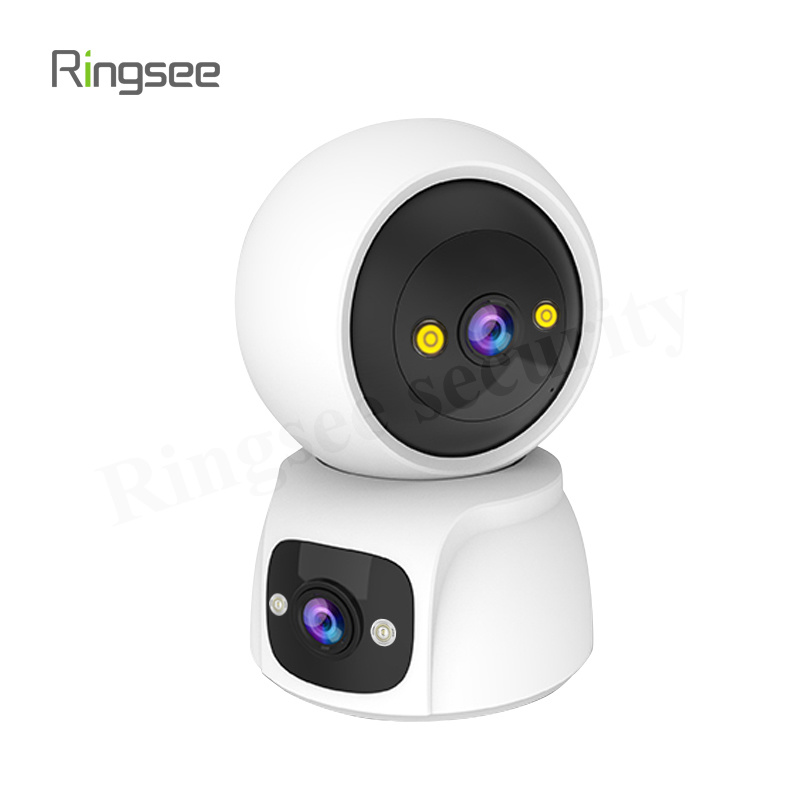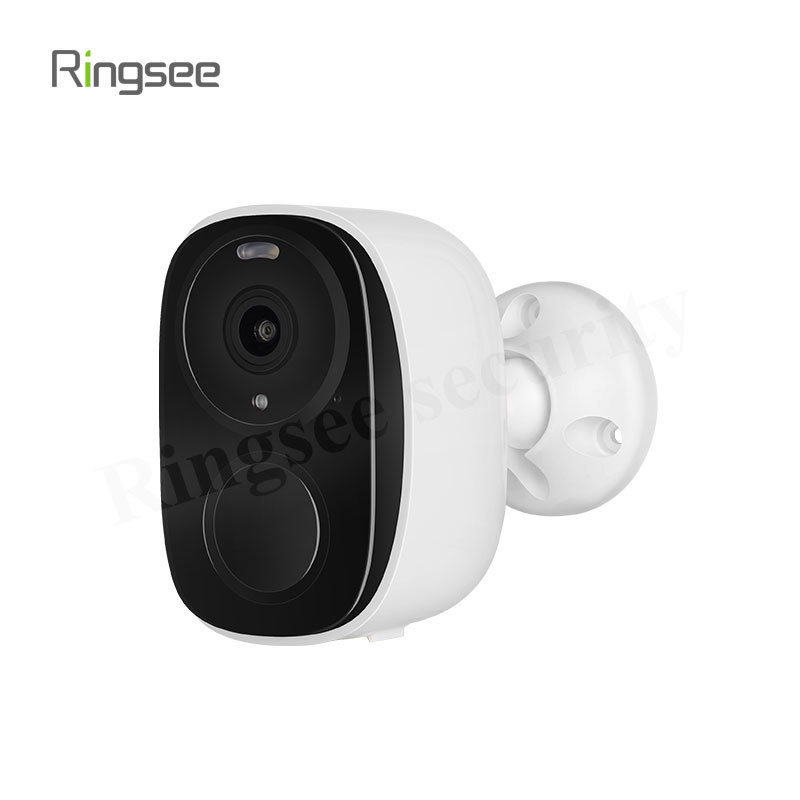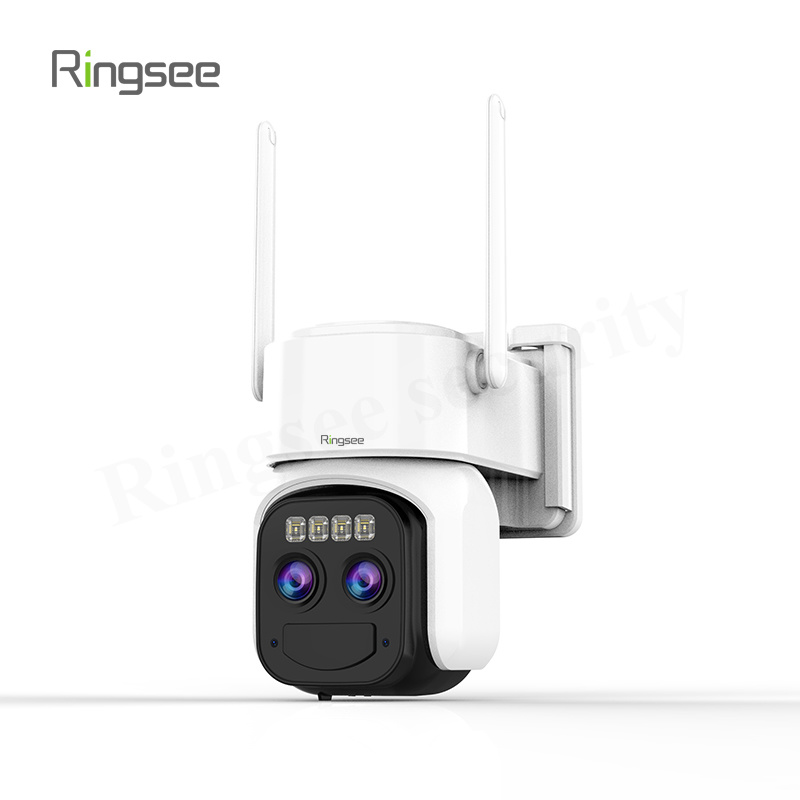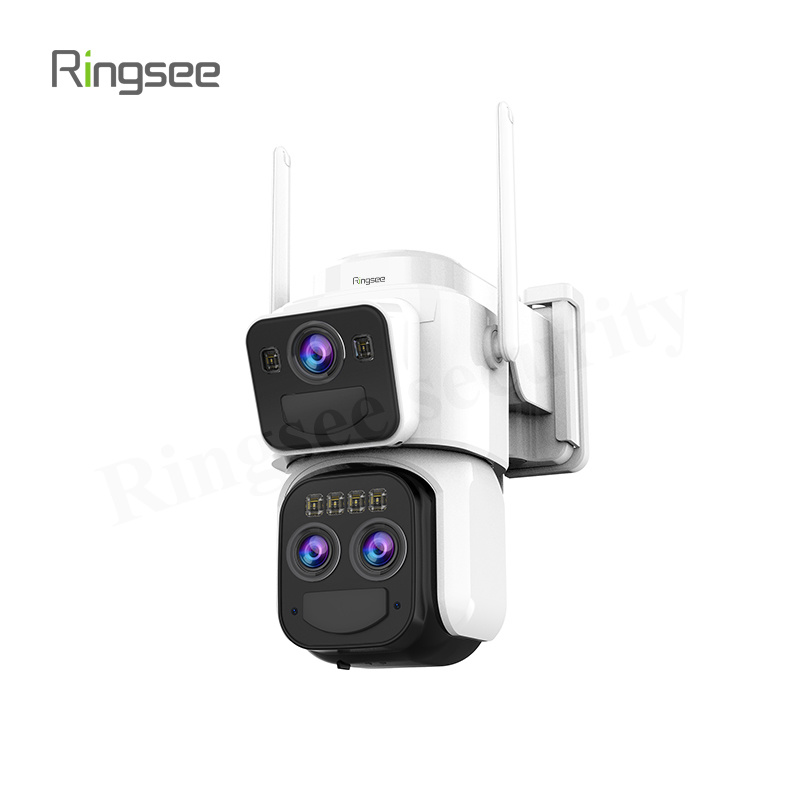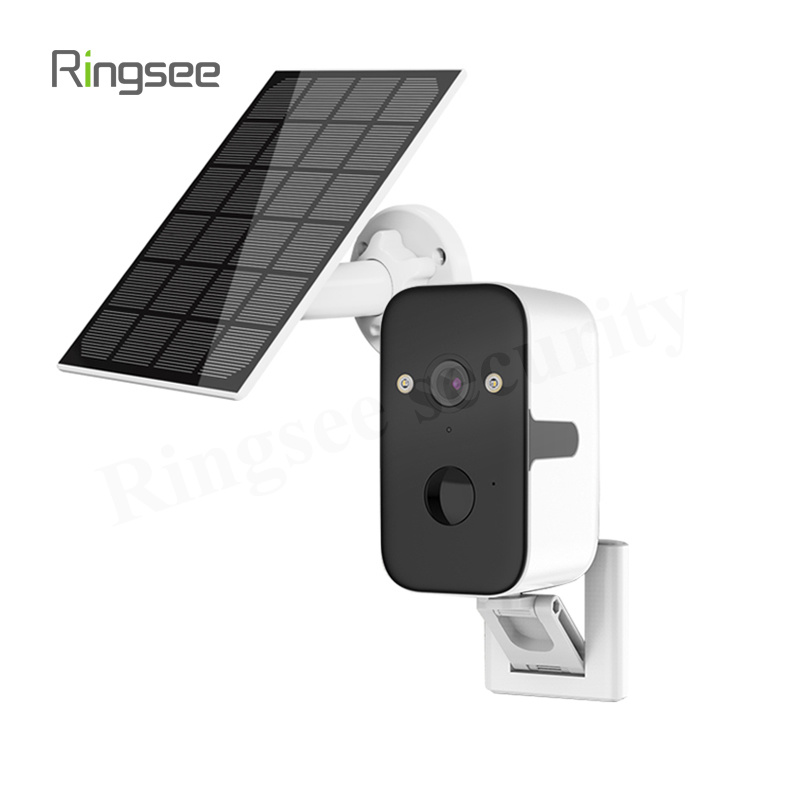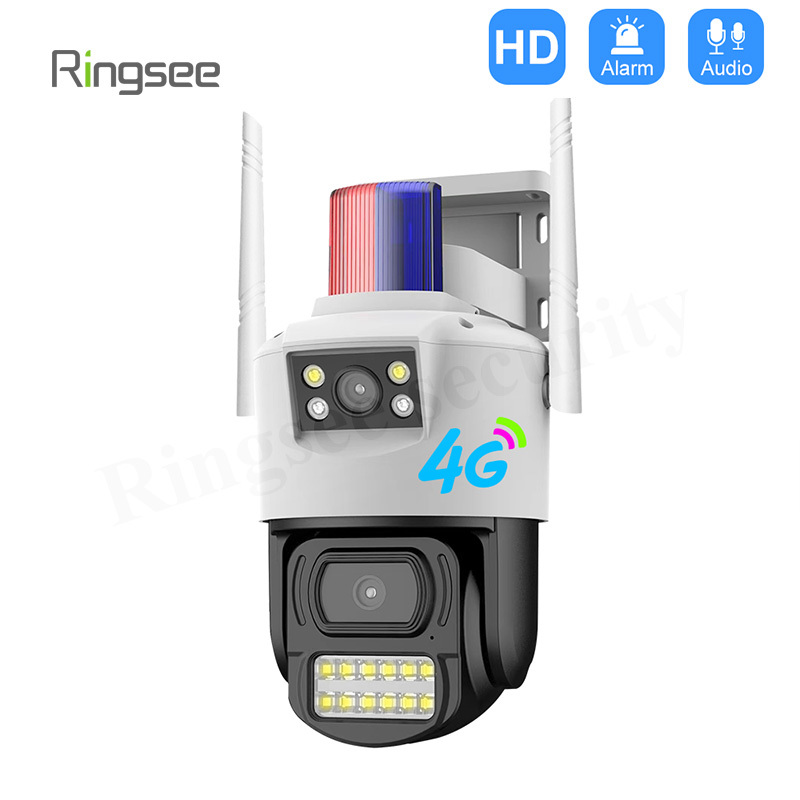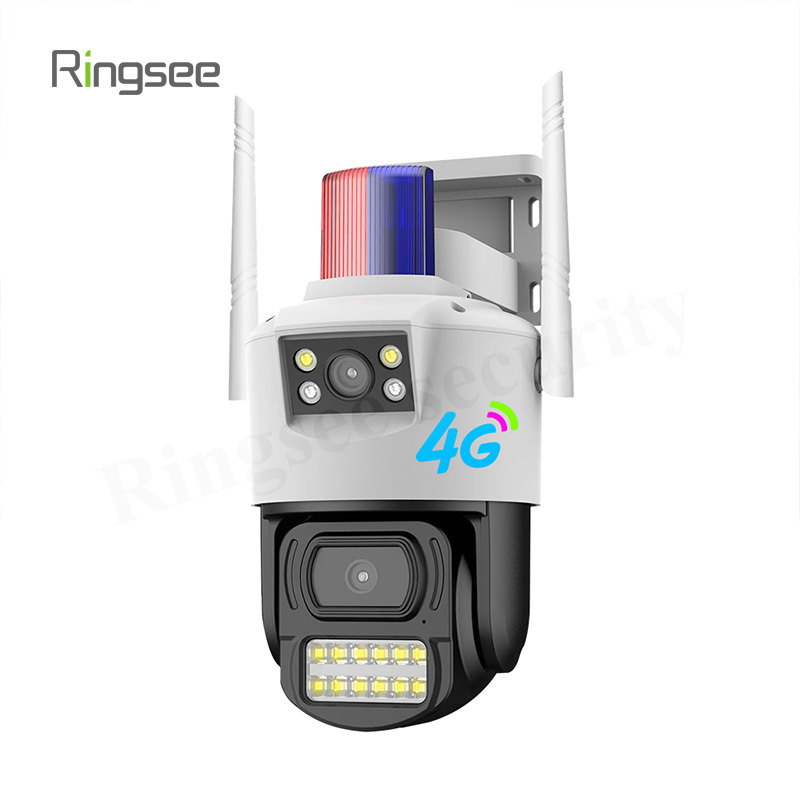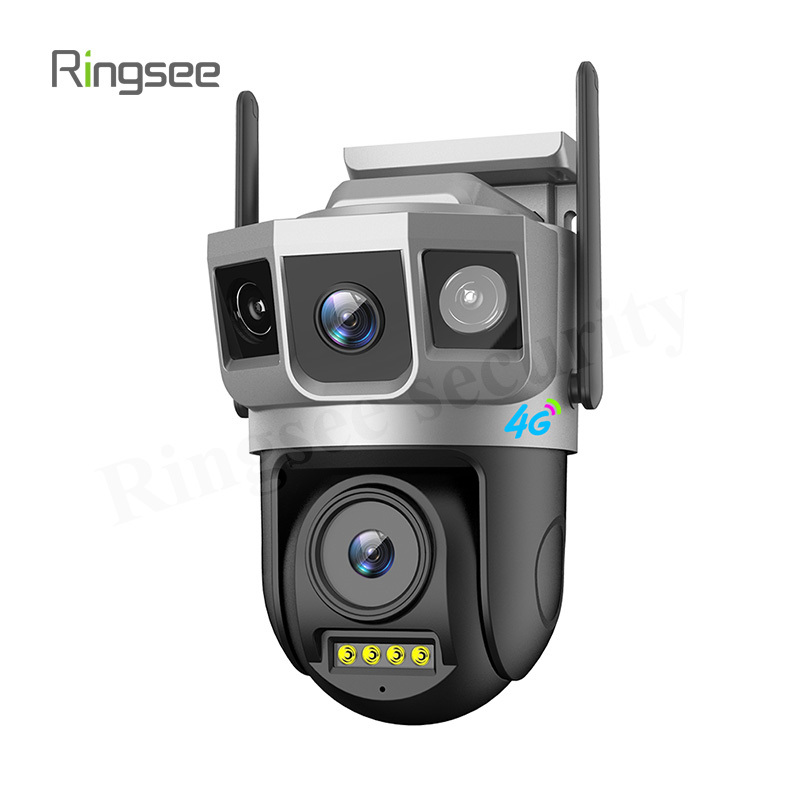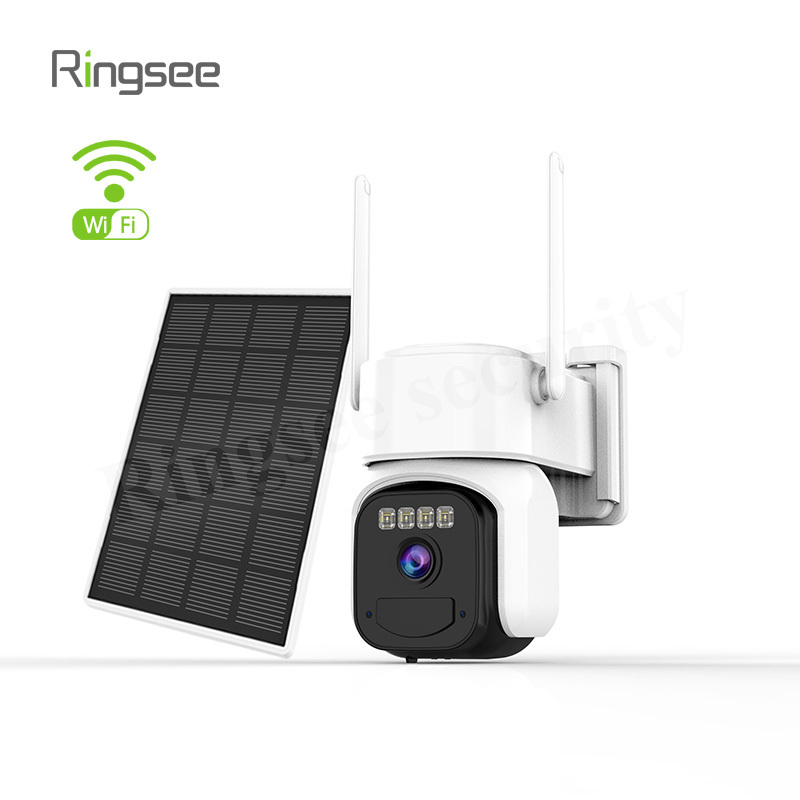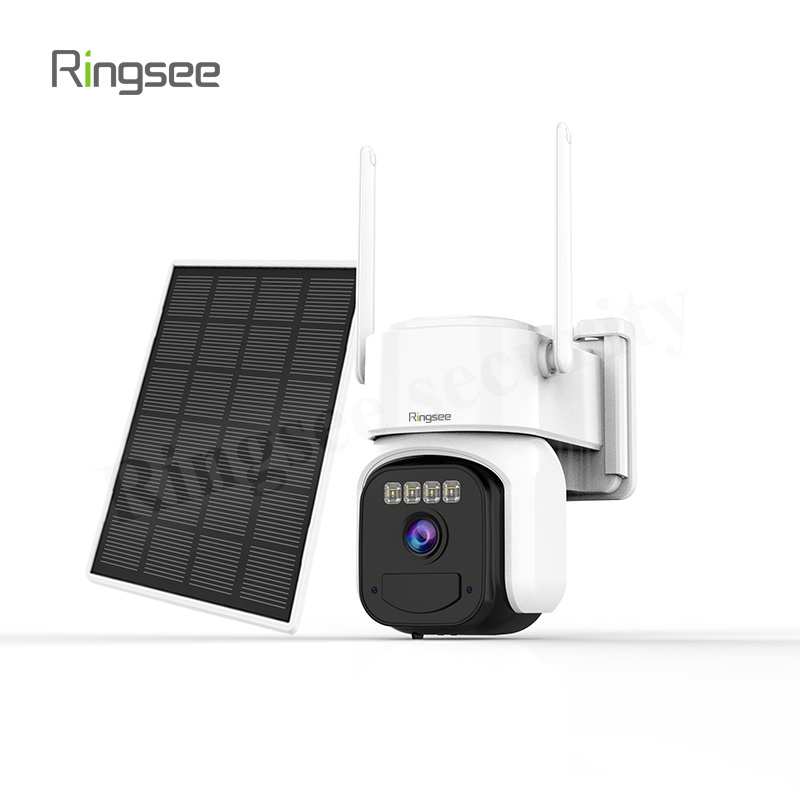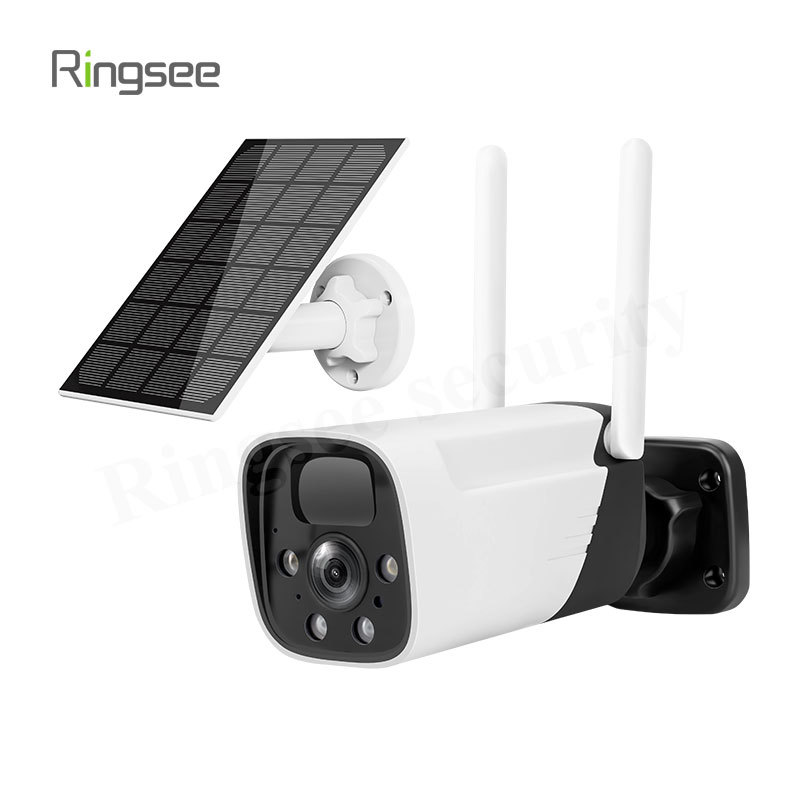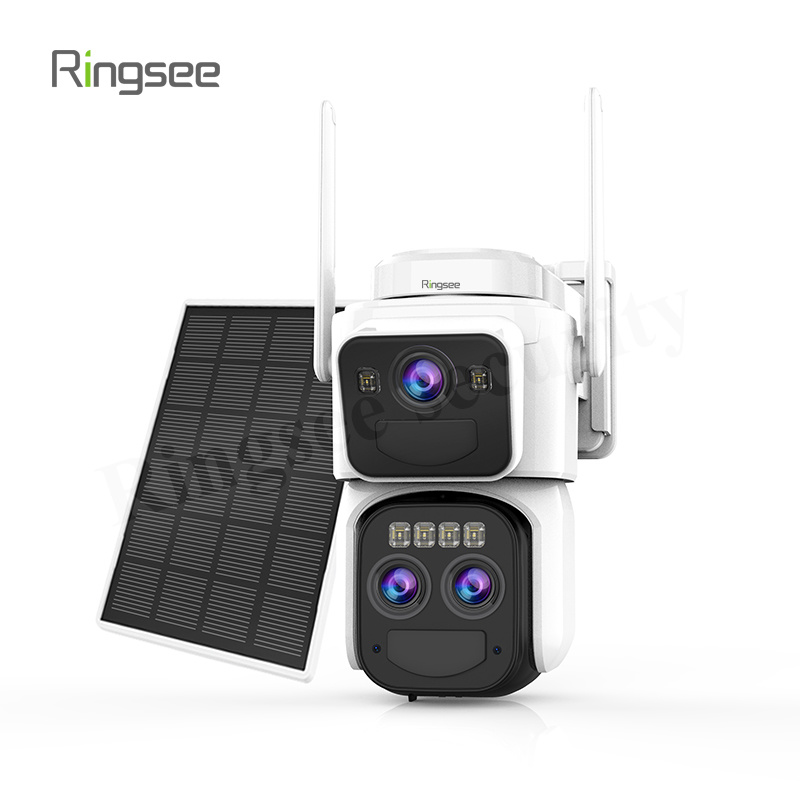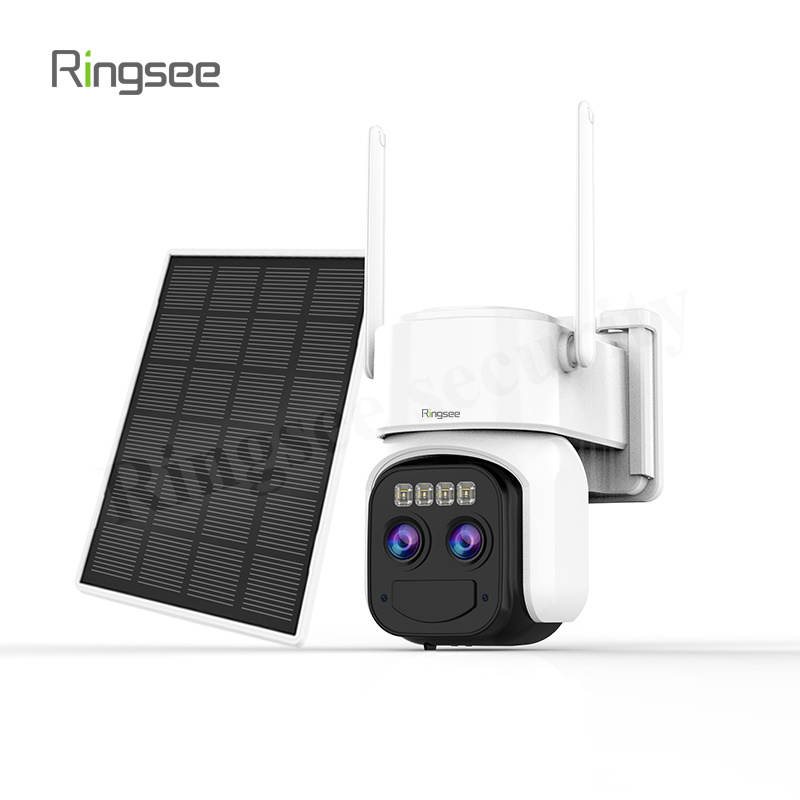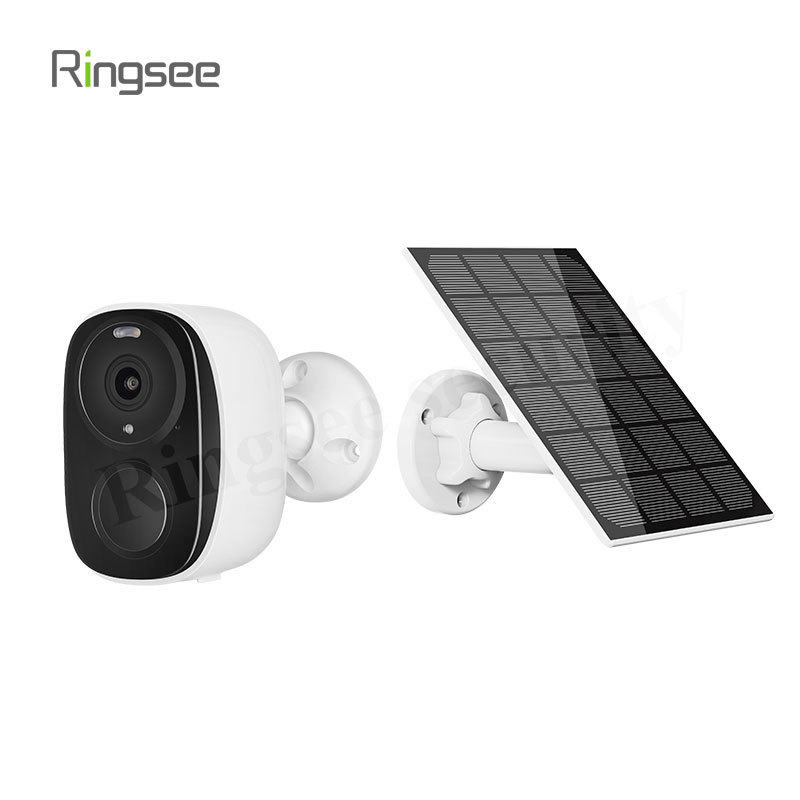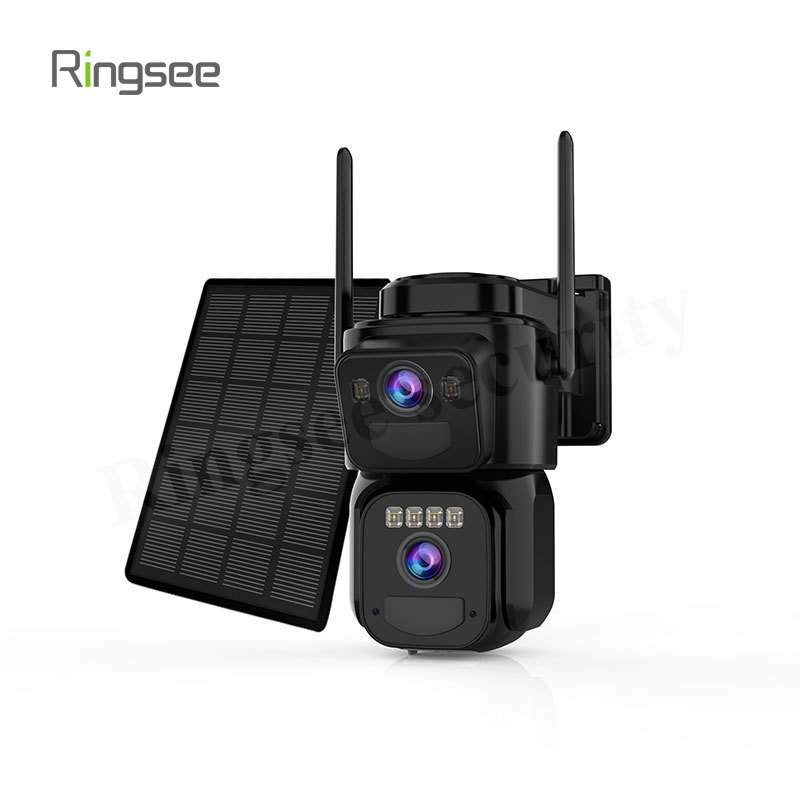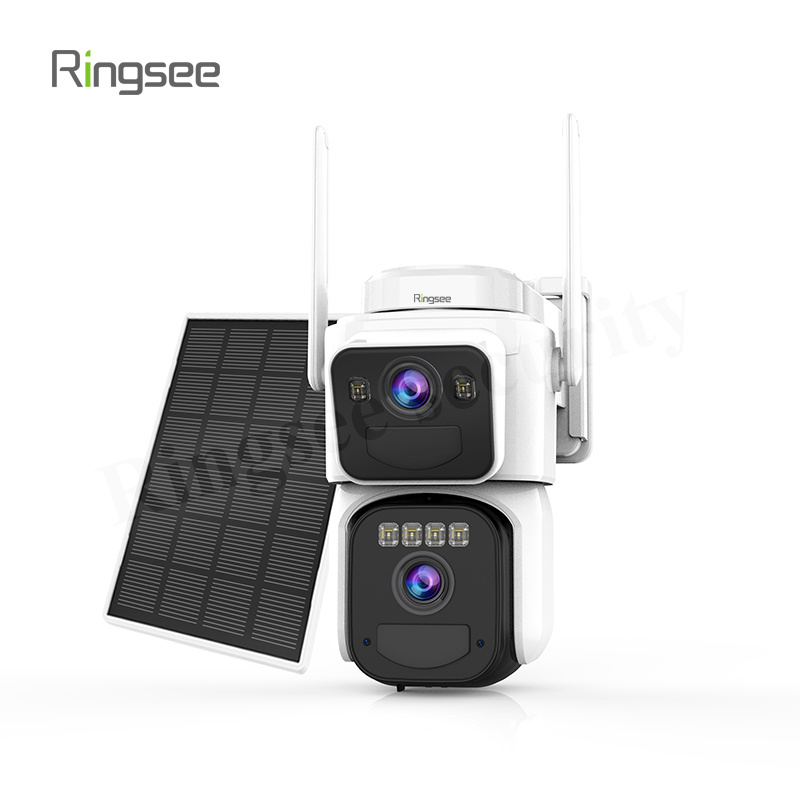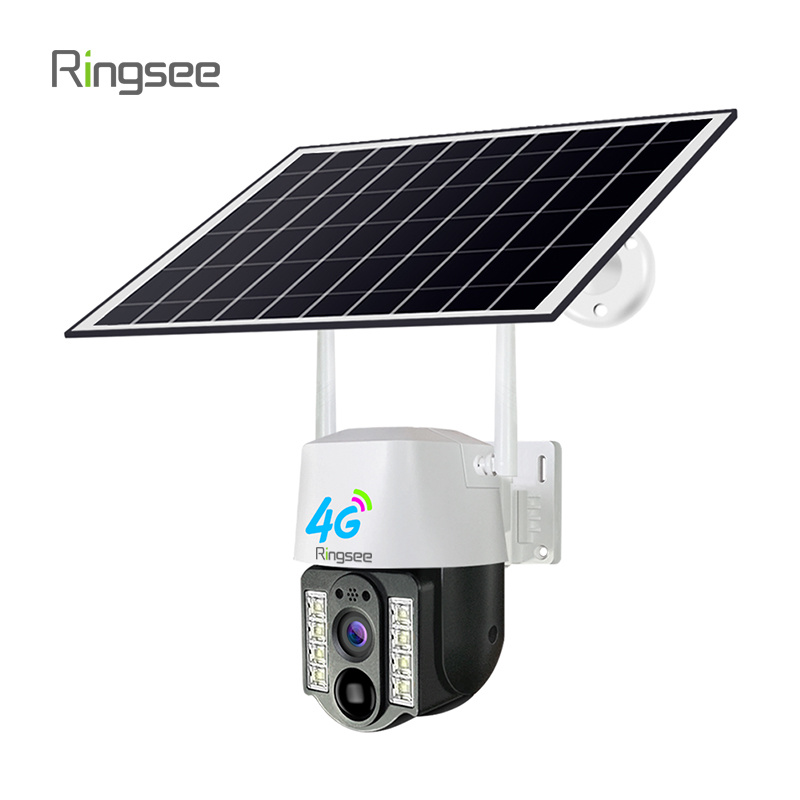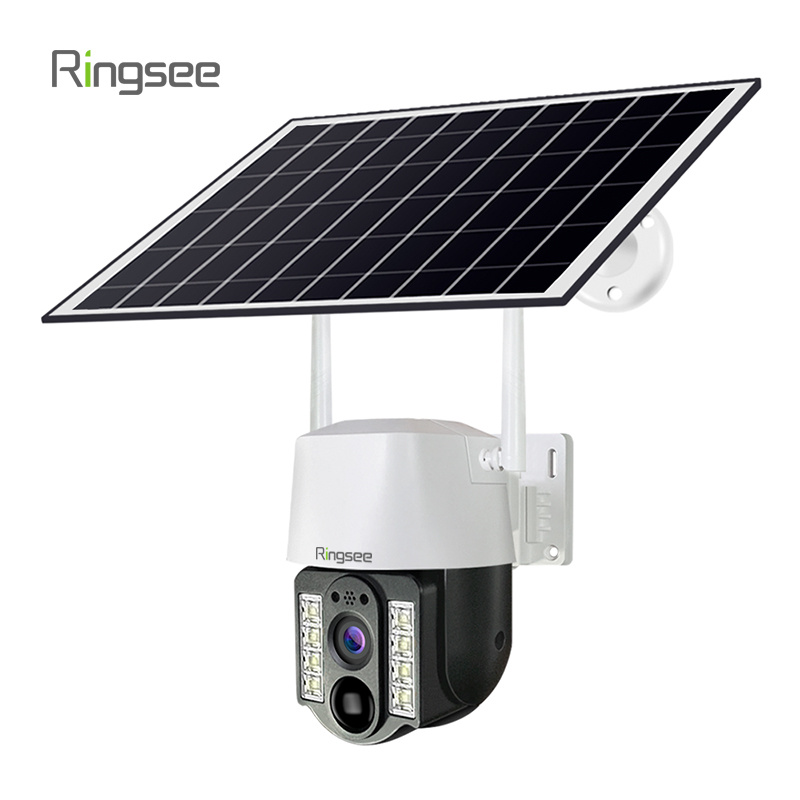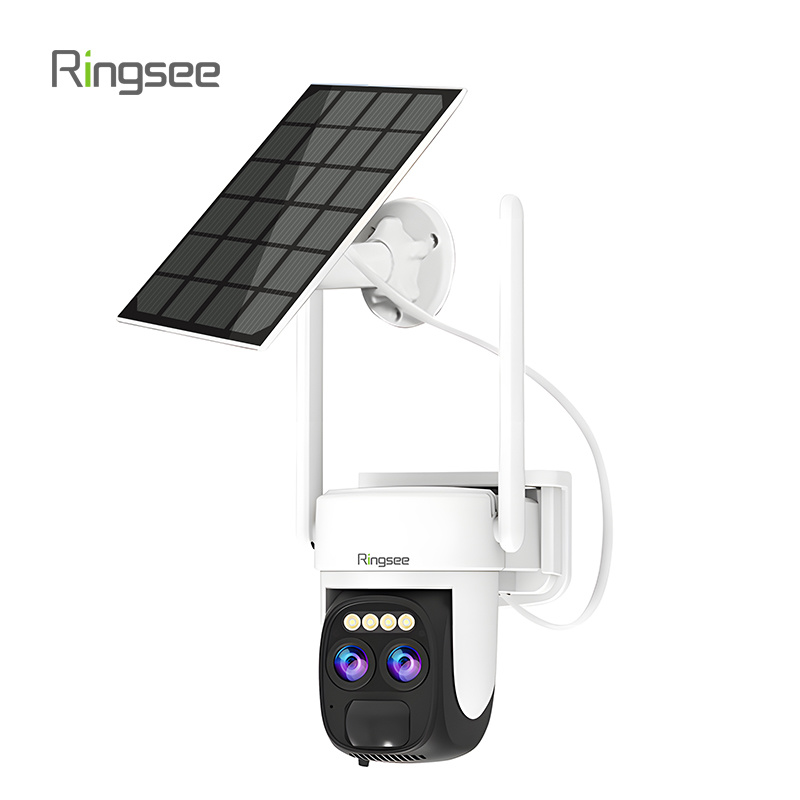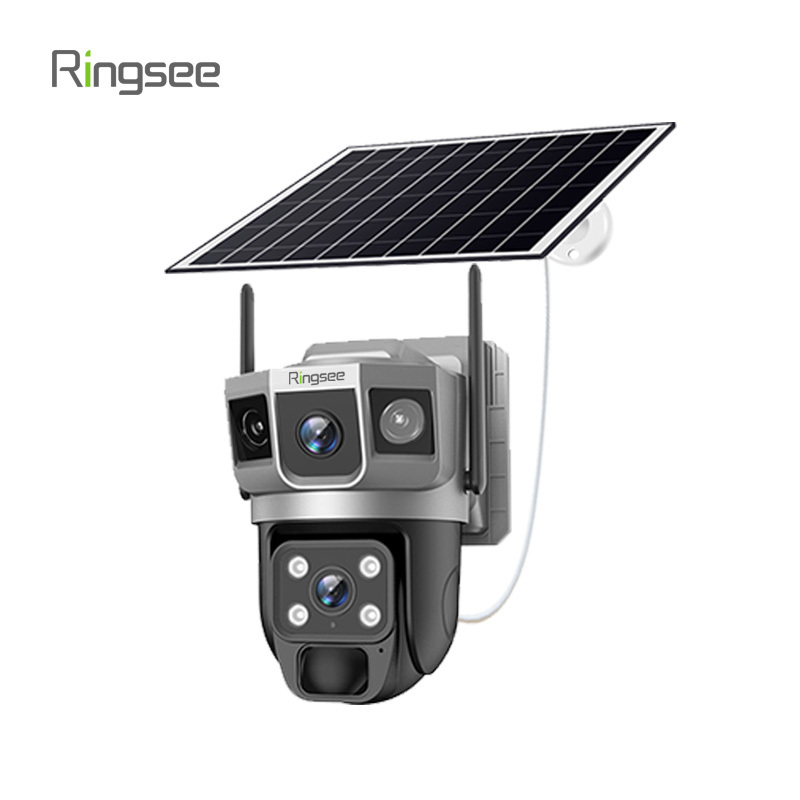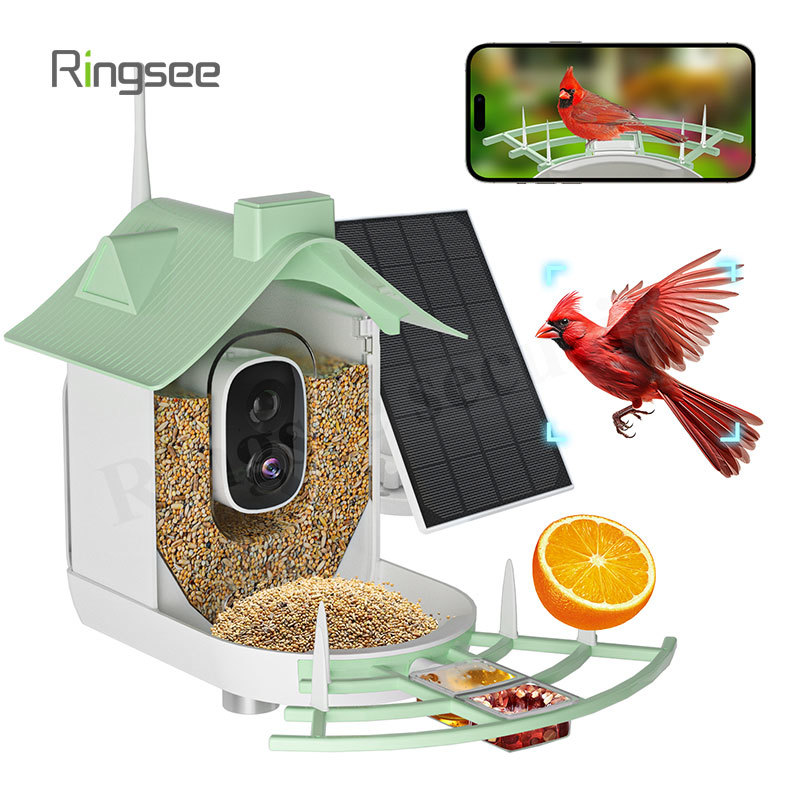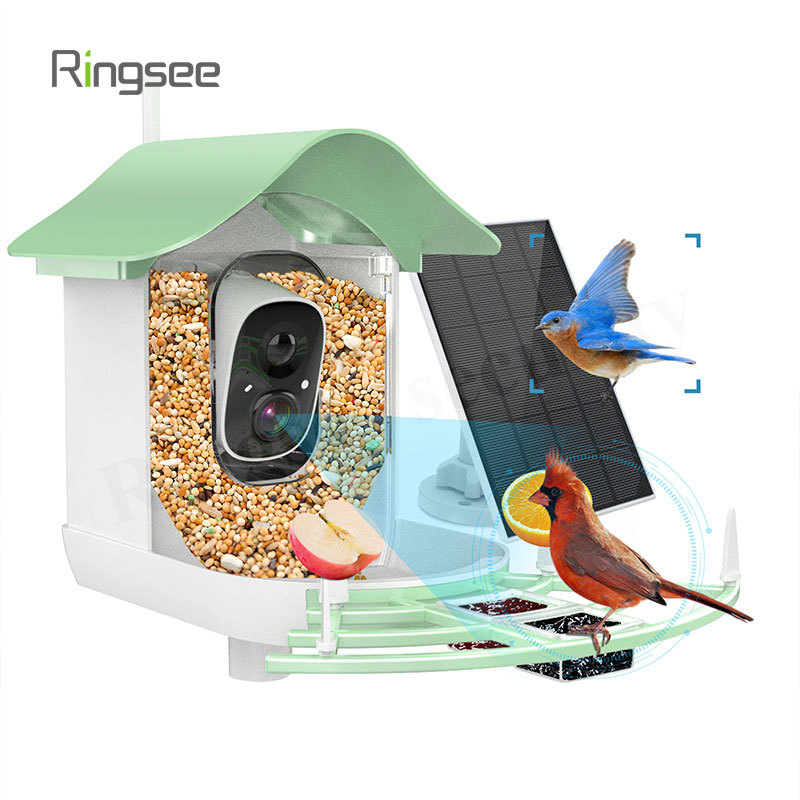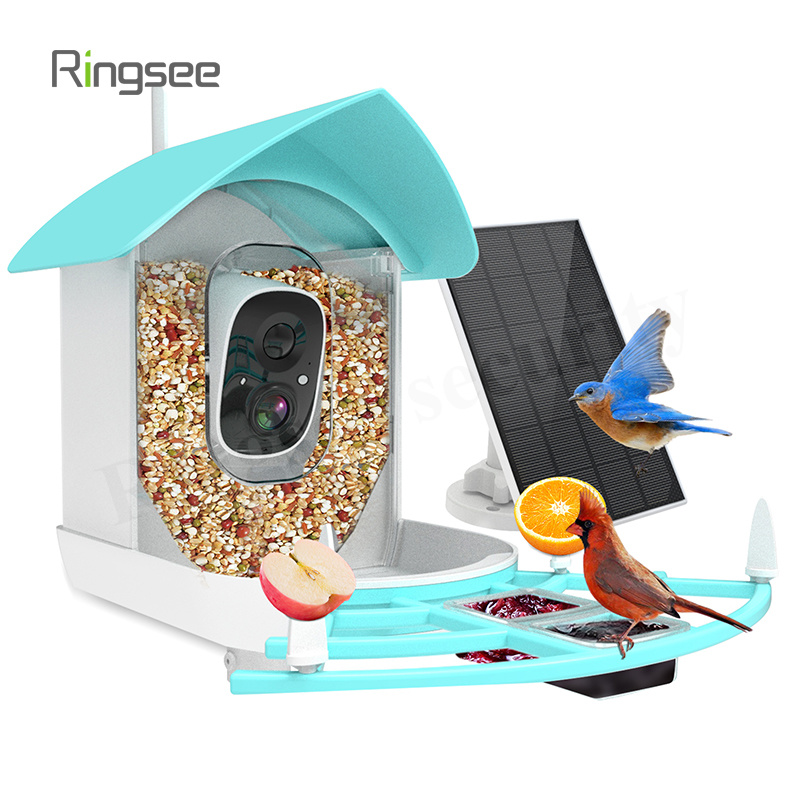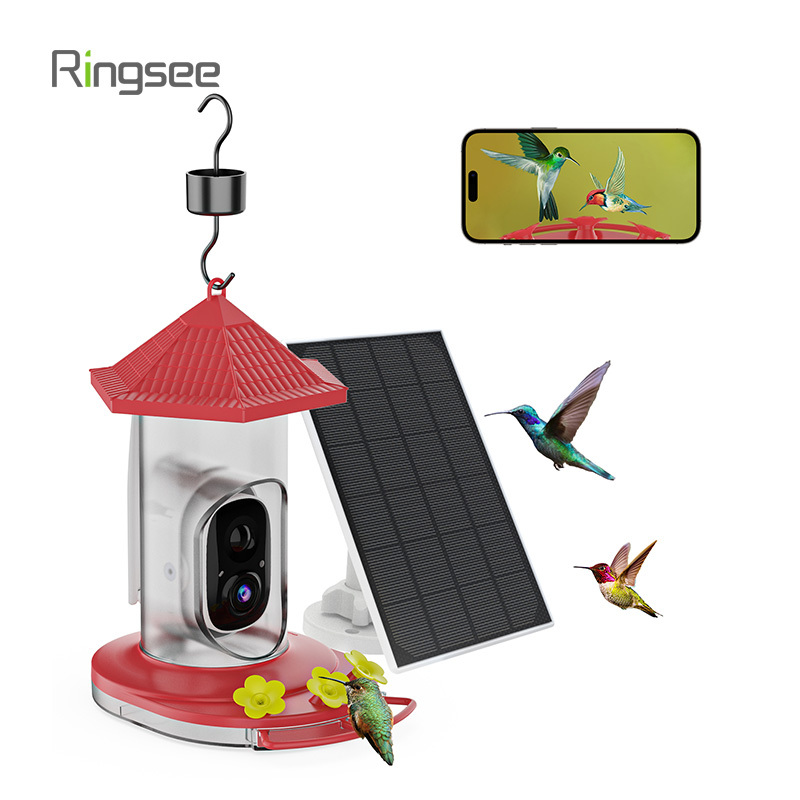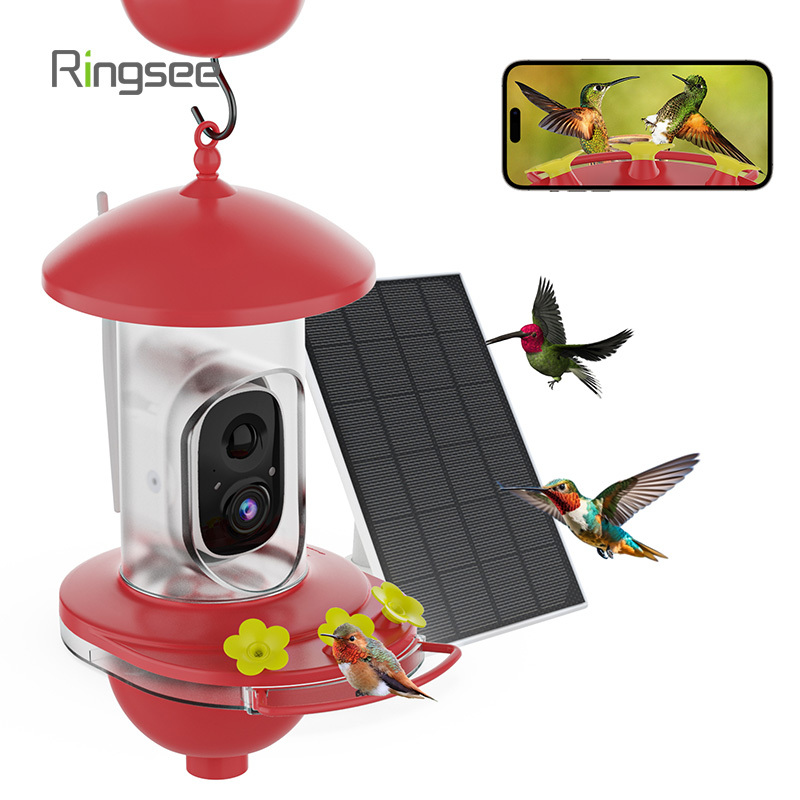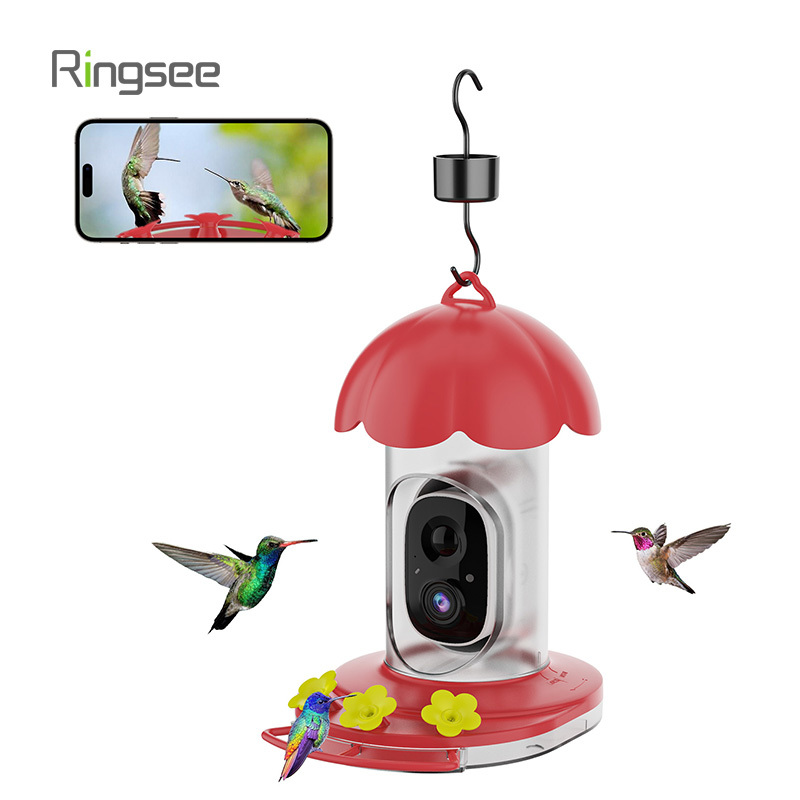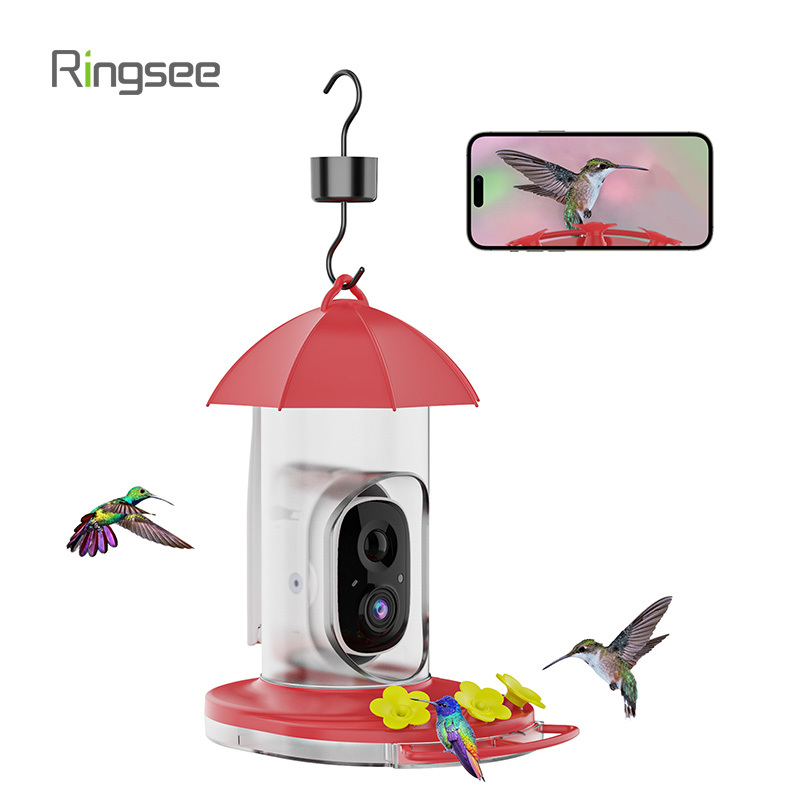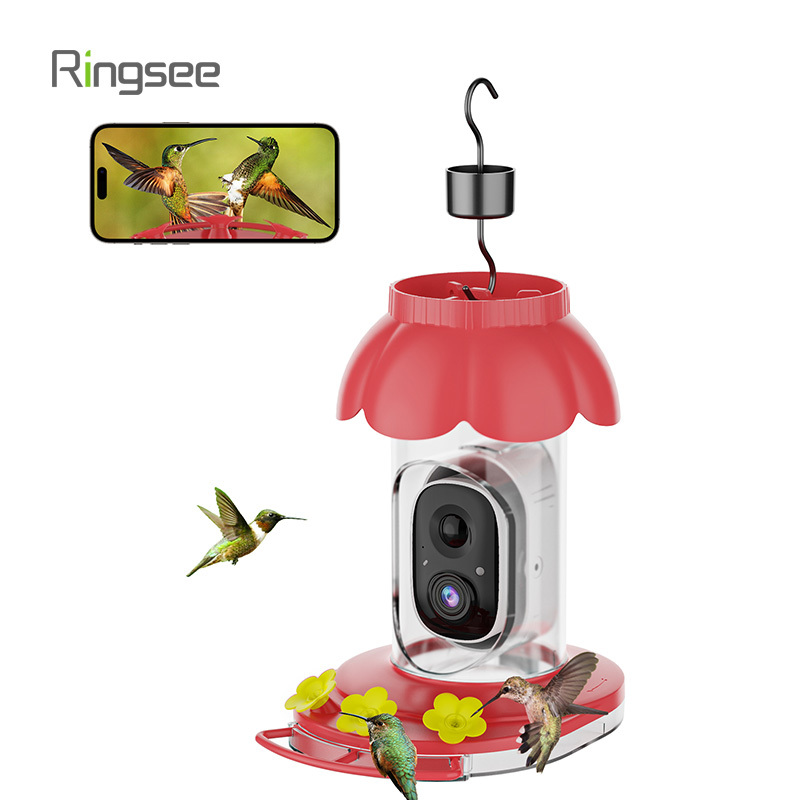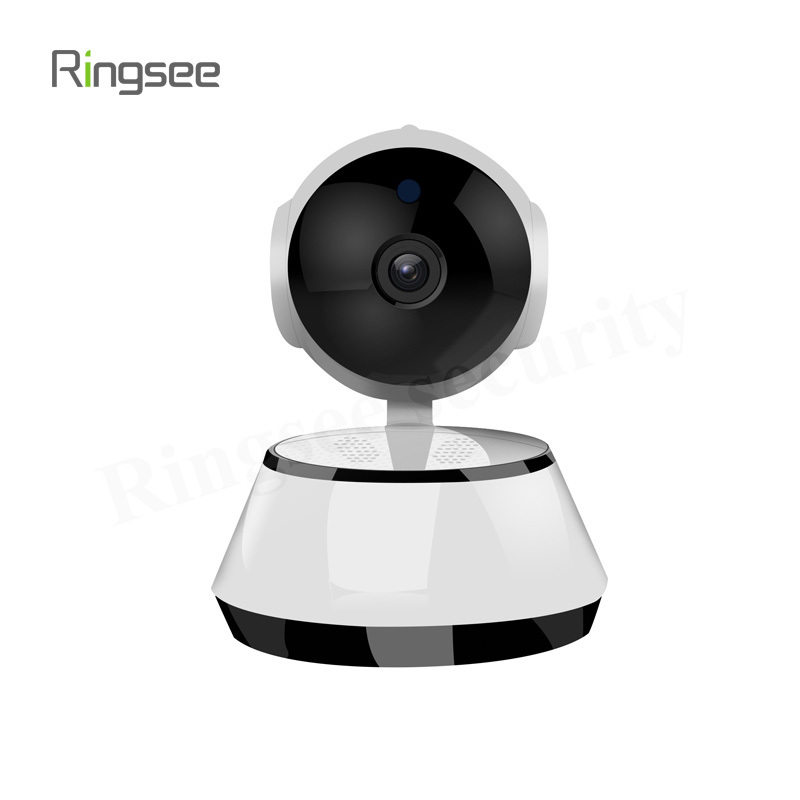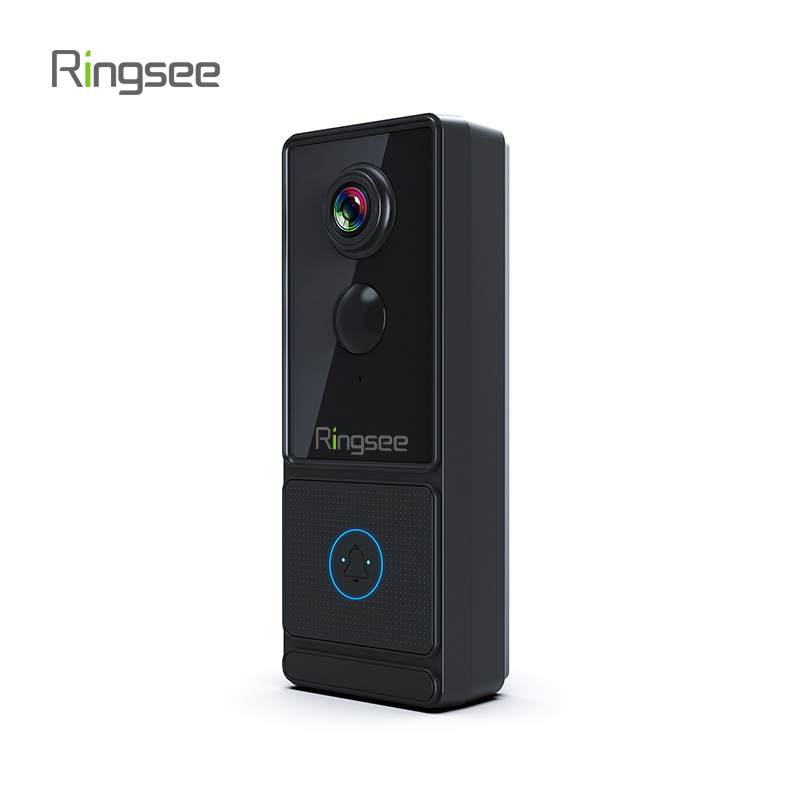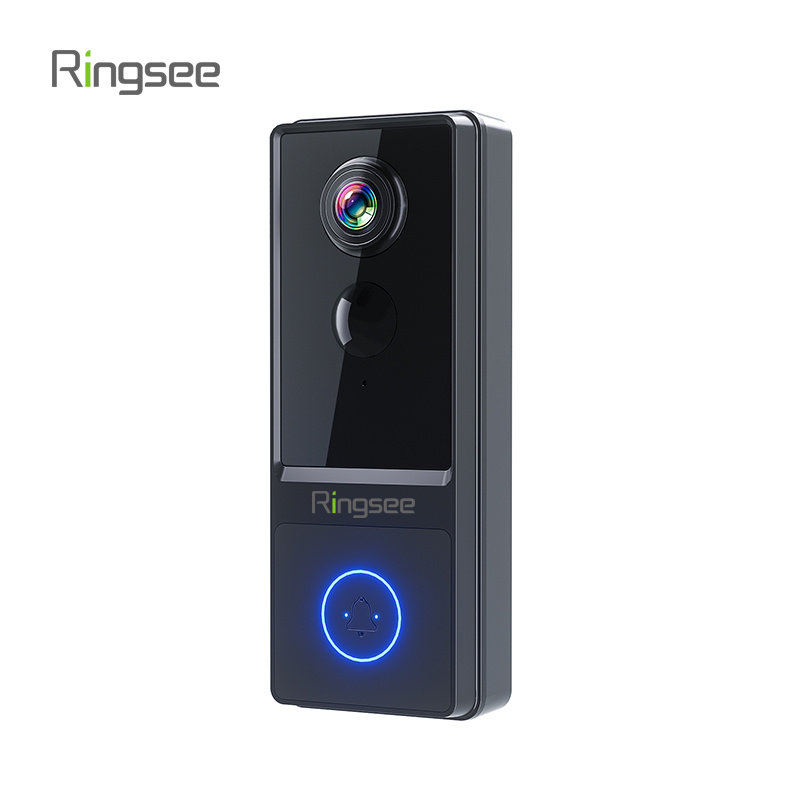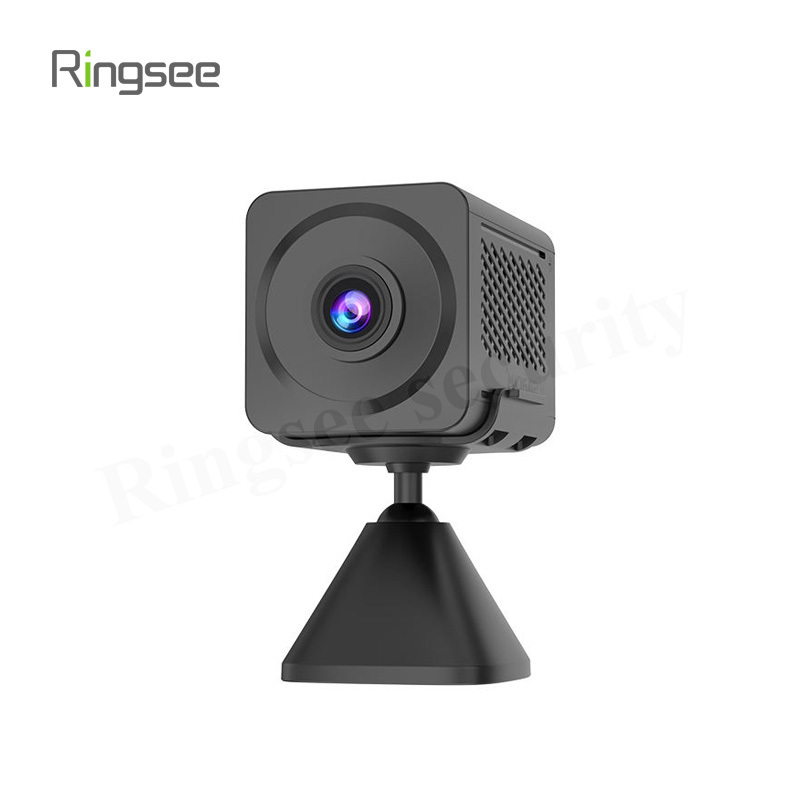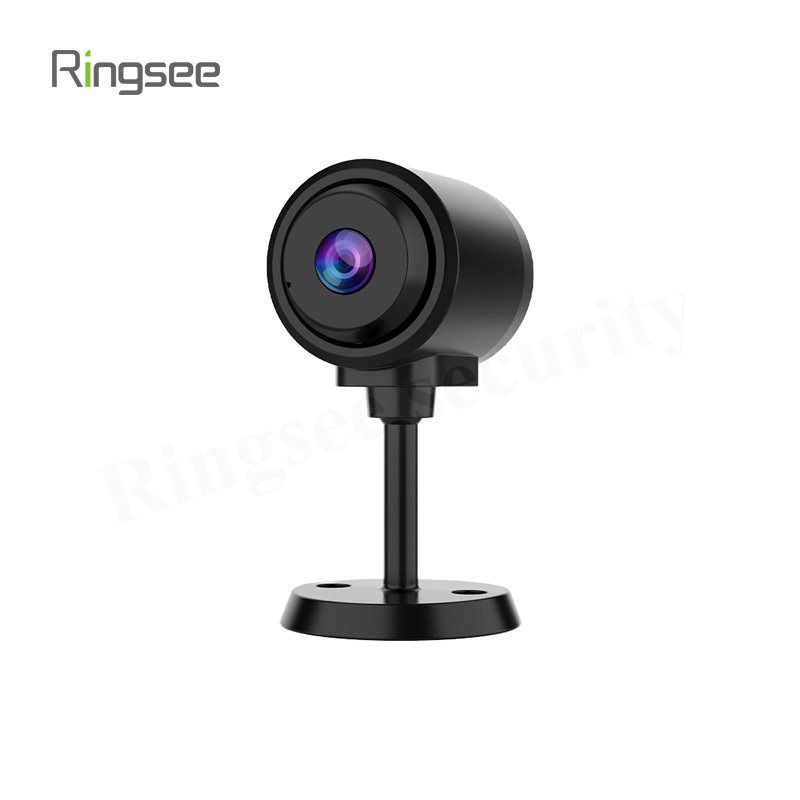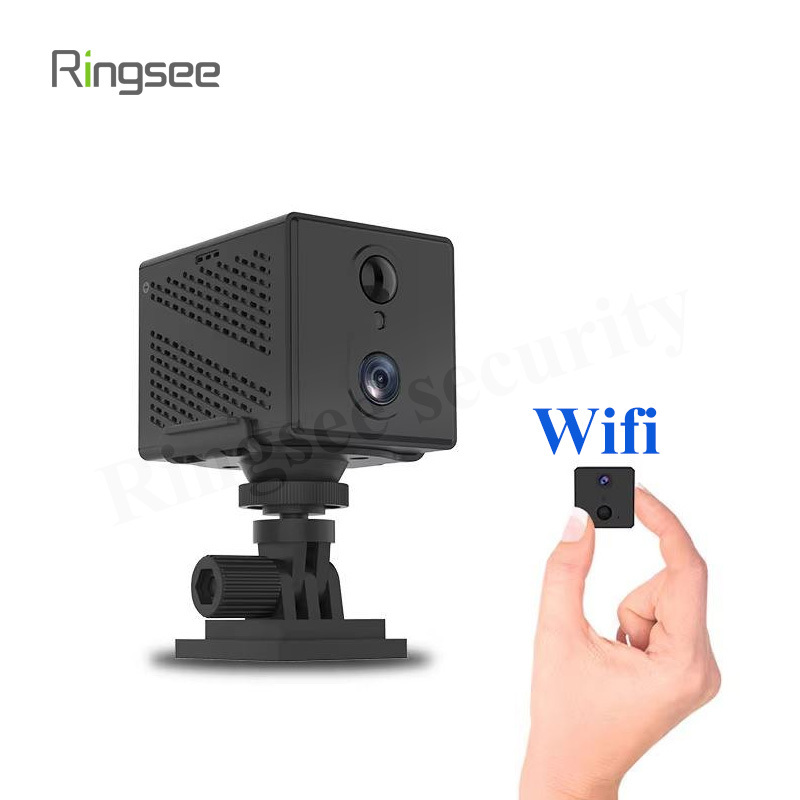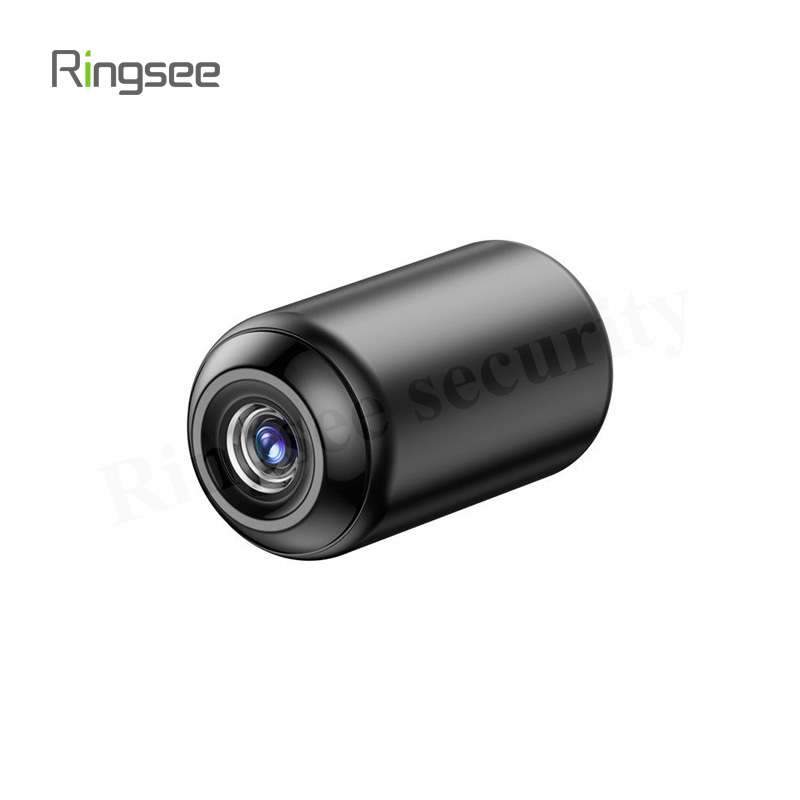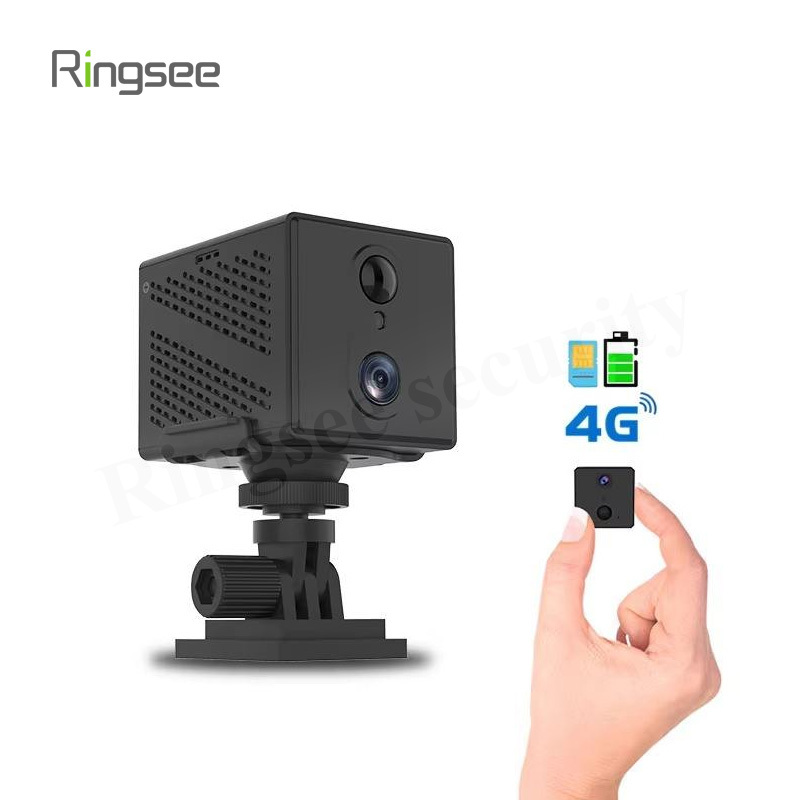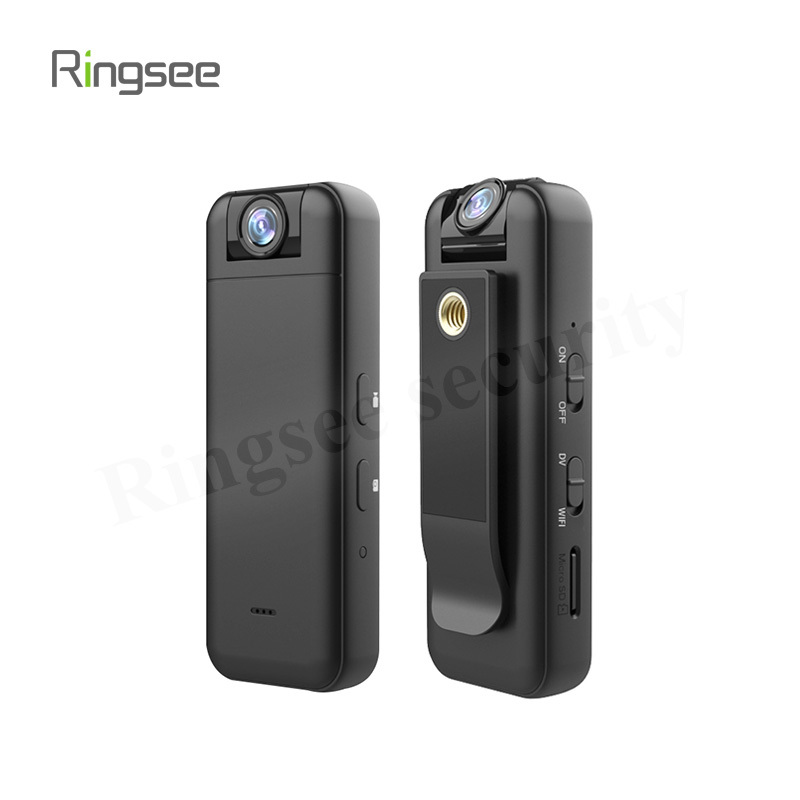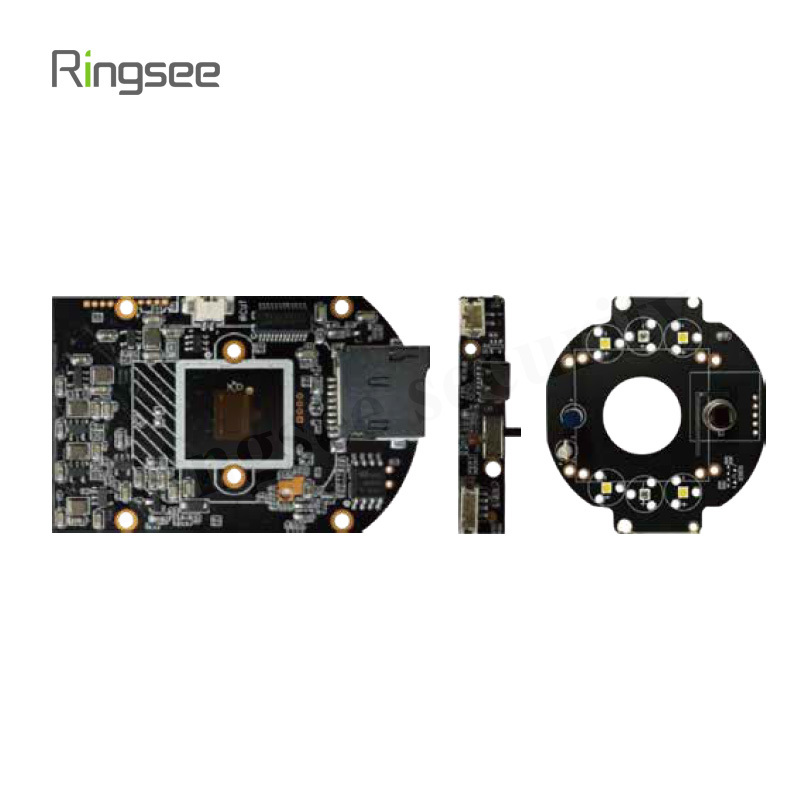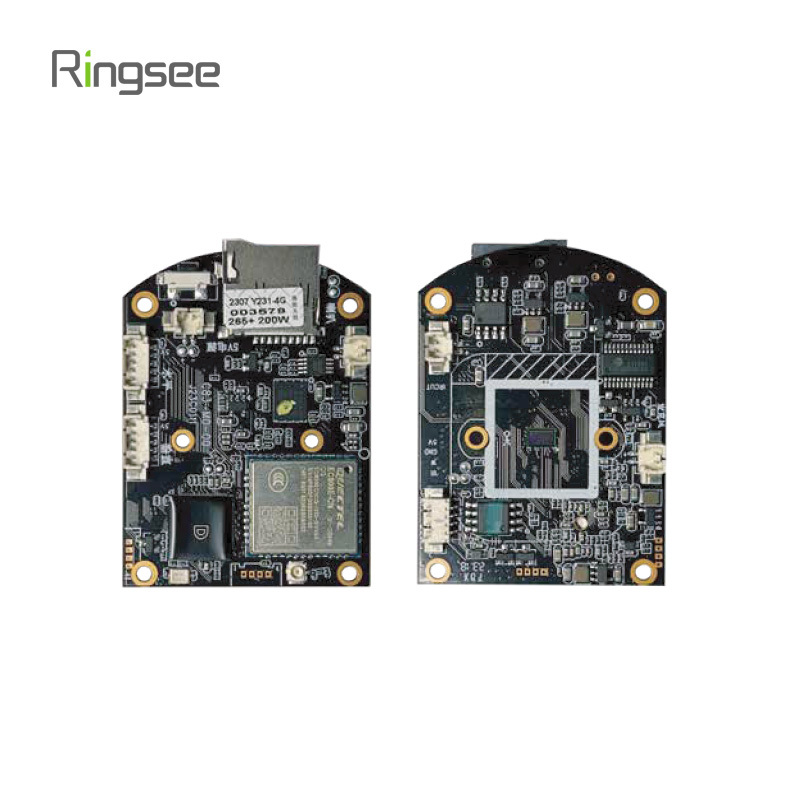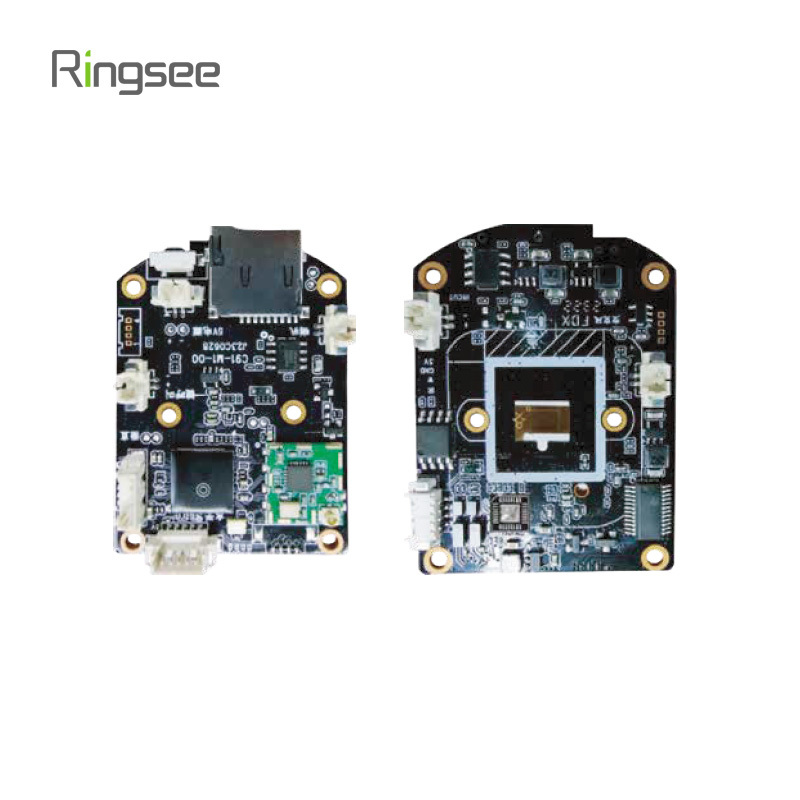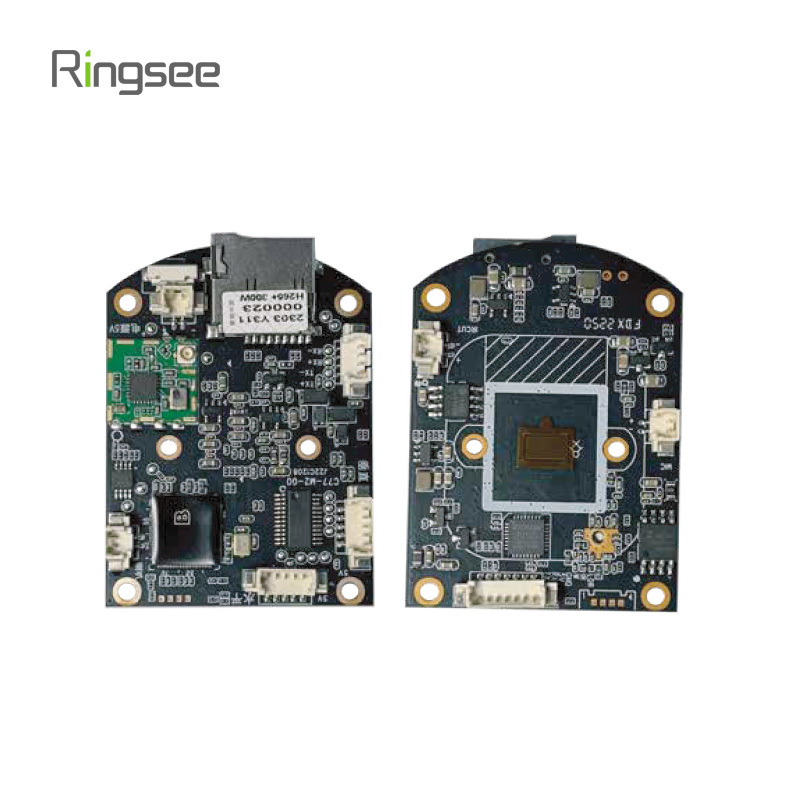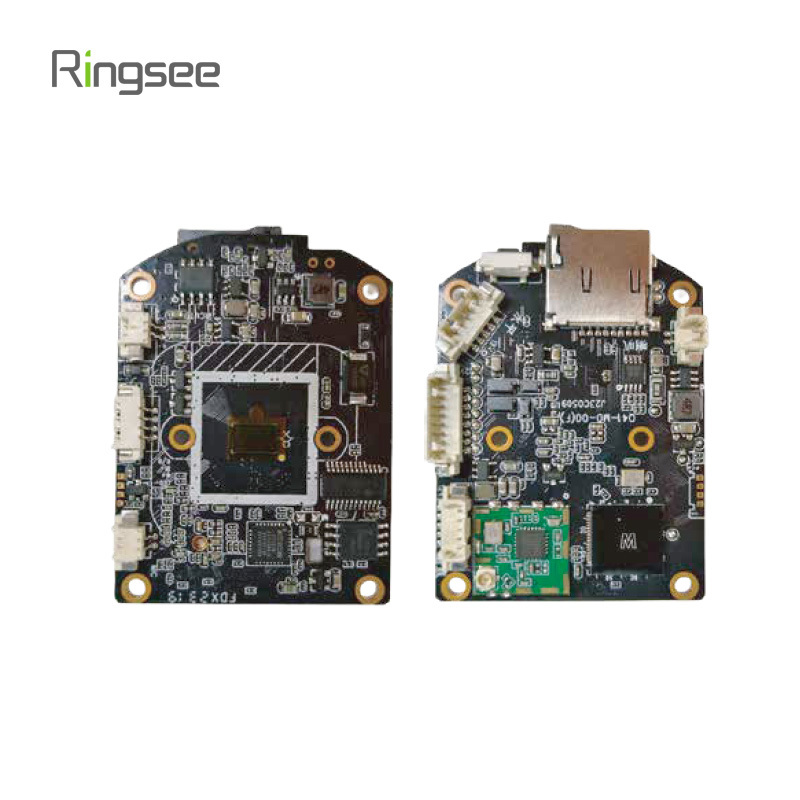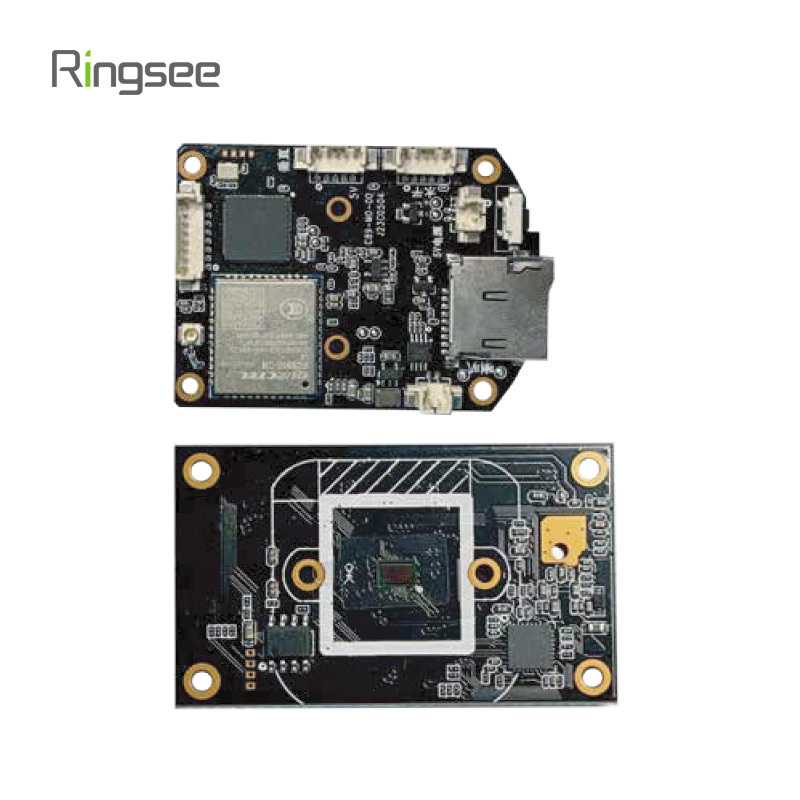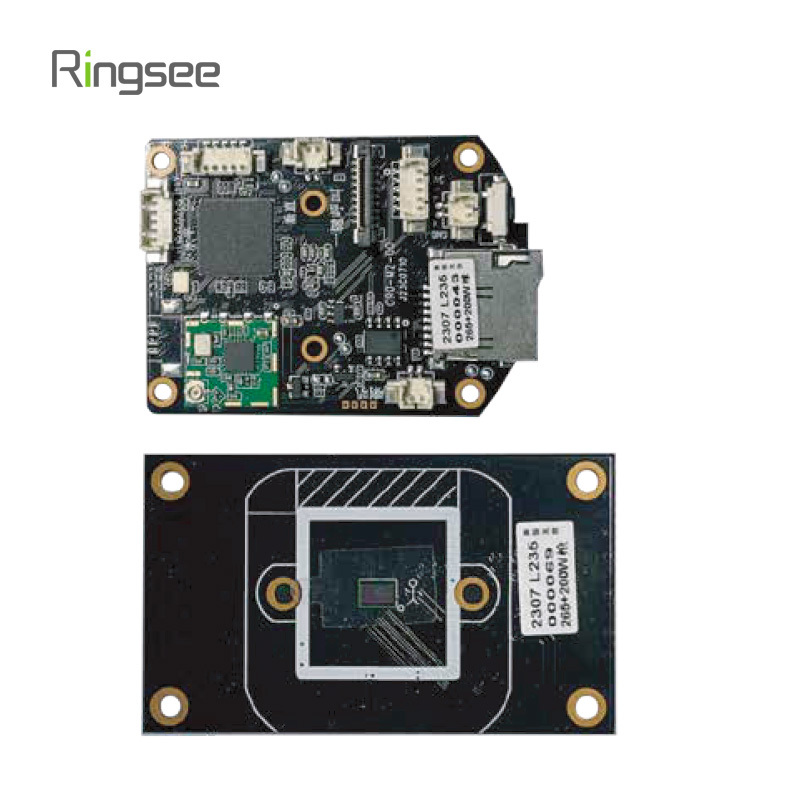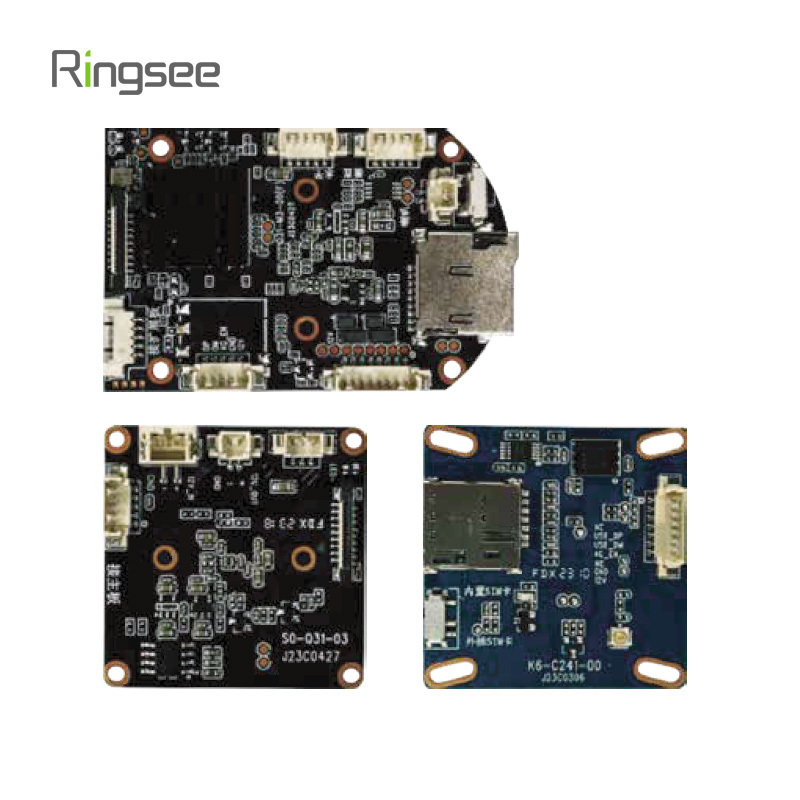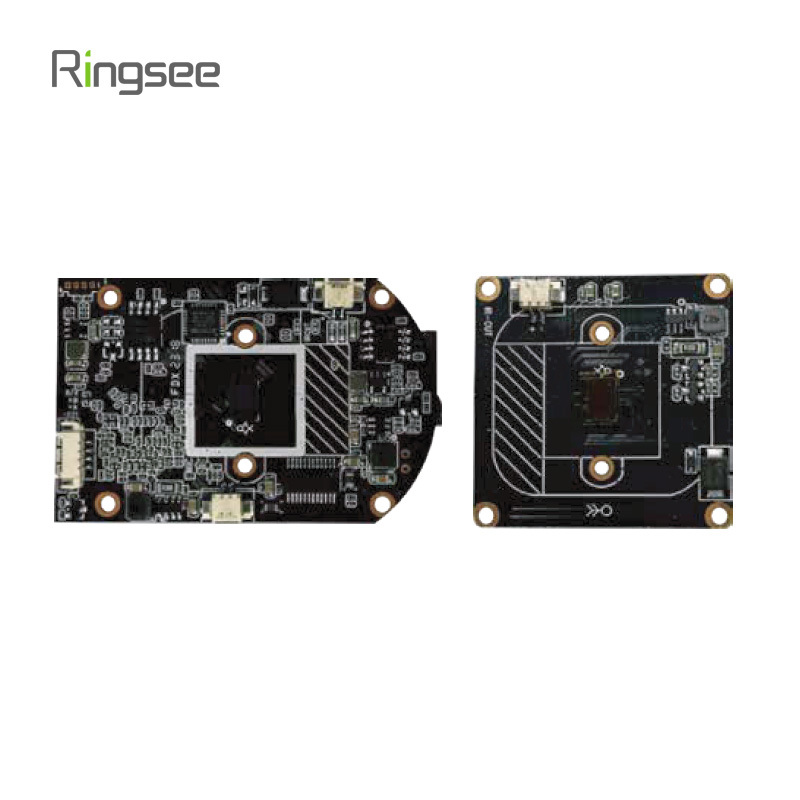Consumer vs. Enterprise Priorities in AI Security Cameras
Publish:
2025-10-21 10:23
Source:
https://www.ring-see.com
Artificial Intelligence (AI) has revolutionized the security camera industry, enabling smarter detection, real-time alerts, and advanced analytics. Yet, the priorities of individual consumers and large enterprises differ significantly when it comes to AI-powered surveillance systems. While consumers often focus on convenience, affordability, and privacy, enterprises prioritize scalability, reliability, and regulatory compliance.
For the “AI in video surveillance” segment: commercial/industrial (“enterprise”) applications accounted for 43.5% of market size in 2024; residential end‐user demand is growing fastest (CAGR ~15.4%). Mordor Intelligence
In a cloud-AI security camera report: about 47% of organizations (enterprise side) prioritised cloud-AI enabled security cameras for remote access and analytics. globalgrowthinsights.com
This article explores the key differences between these two markets and how manufacturers like Ringsee, a leading AI security camera manufacturer in China, are innovating to meet both sets of demands.
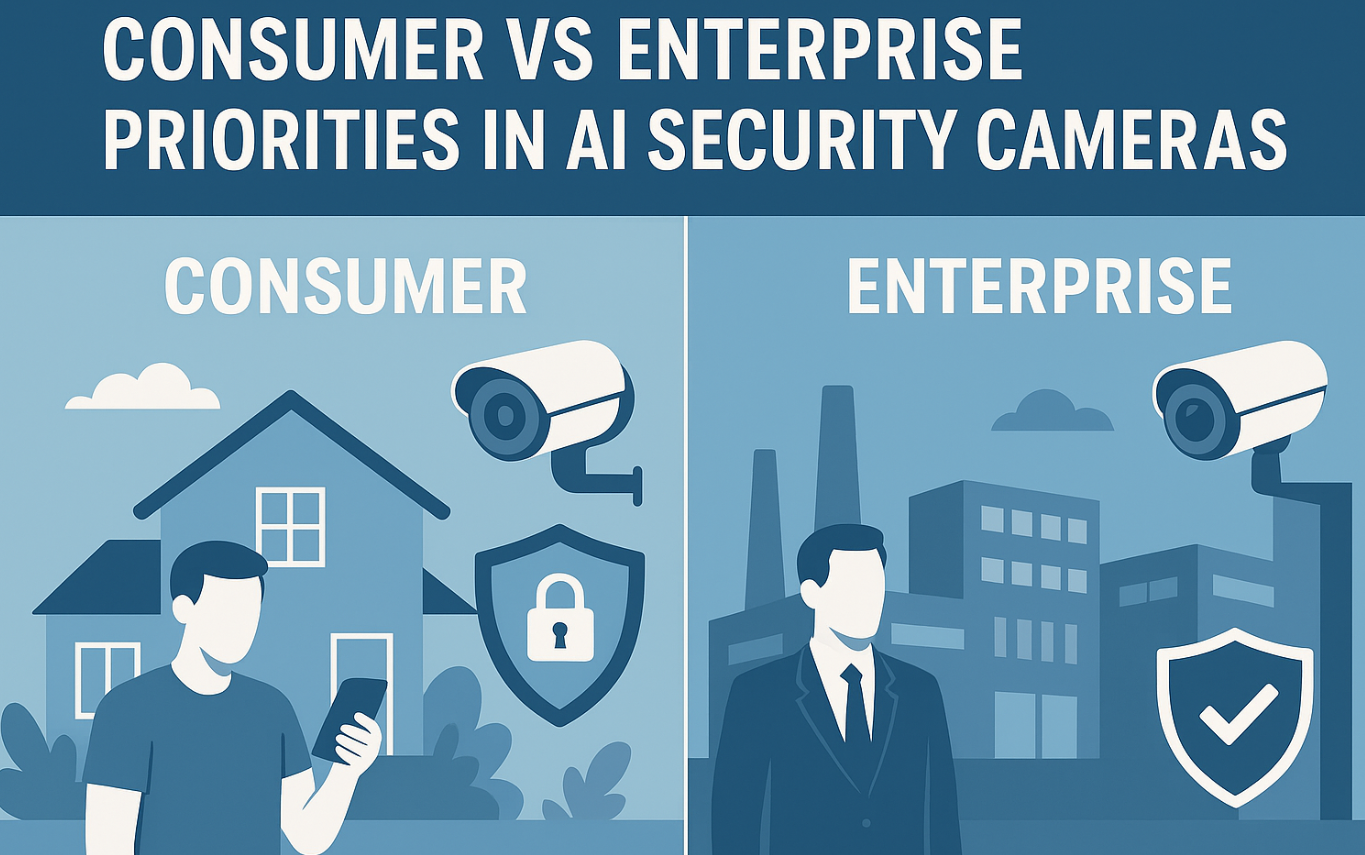
1. Consumer Priorities: Simplicity, Privacy, and Cost
For homeowners and small business owners, AI cameras are primarily about peace of mind and ease of use. Their decision-making is guided by three main priorities:
(1) Privacy and Data Security
Consumers are increasingly aware of data risks a
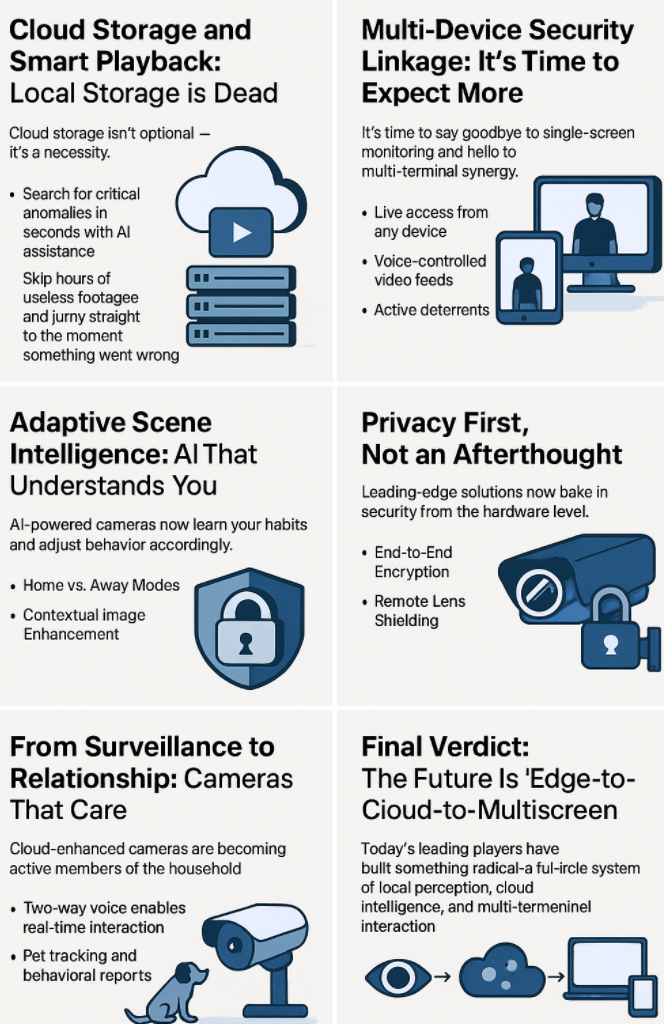
nd want reassurance that their video footage is secure. Cameras with local storage, encrypted cloud backups, and privacy protection modes (like lens covers or motion-based activation) are growing in popularity. Manufacturers like Ringsee integrate AI edge processing—where most data analysis happens locally on the device—to enhance privacy and reduce cloud exposure.
(2) Ease of Installation and Operation
The average consumer expects a plug-and-play experience. Wireless connectivity, app-based setup, and AI motion detection that automatically distinguishes between humans, pets, and vehicles make AI cameras far more accessible. Features like solar power, battery operation, and Wi-Fi/4G options have removed the complexity of traditional wired systems.
(3) Affordability and Value
Price remains a deciding factor. Consumers seek affordable options without compromising quality, such as 2K or 4K smart Wi-Fi cameras with intelligent alerts. Manufacturers must strike a balance between offering advanced AI capabilities and maintaining cost-efficiency through OEM/ODM production.
2. Enterprise Priorities: Scale, Reliability, and Compliance
For organizations—whether in retail, logistics, or public infrastructure—AI cameras are mission-critical tools, not just convenience devices. Their priorities are fundamentally different:
(1) Scalability and Integration
Enterprises often deploy hundreds or thousands of cameras across multiple locations. They need systems that integrate seamlessly with existing IT and security infrastructure, including VMS (Video Management Systems), access control, and AI analytics platforms.
Ringsee and other professional manufacturers support ONVIF protocols, API integration, and cloud management platforms to ensure smooth scaling and interoperability.
(2) Reliability and Performance
Downtime in surveillance can mean vulnerability. Enterprises demand industrial-grade reliability with features like redundant storage, 24/7 operation, low-power standby, and remote firmware management. AI functions such as object recognition, license plate detection, and behavioral analytics must operate consistently across variable lighting and environmental conditions.
(3) Compliance and Data Governance
In sectors like finance, healthcare, and smart cities, regulatory compliance is a key concern. AI security cameras must meet data protection standards (e.g., GDPR or China’s PIPL) and offer audit trails, user access control, and encrypted data transmission.
Manufacturers serving the enterprise market provide customized firmware and secure cloud solutions to align with each region’s privacy laws and certification requirements.
3. Bridging the Gap: Unified AI Innovation
Modern manufacturers are finding ways to merge consumer convenience with enterprise-grade intelligence.
For instance, Ringsee’s smart AI surveillance cameras combine:
- Edge AI analytics for faster, privacy-conscious processing
- Solar-powered designs for energy independence
- Cloud and local storage options
- OEM/ODM customization to meet both home and enterprise needs.
This convergence means that technology once reserved for enterprises—like facial recognition, people counting, and anomaly detection—is now available in consumer-level smart cameras as well.
Conclusion
While consumers prioritize ease, affordability, and privacy, enterprises demand performance, scalability, and compliance. Understanding these contrasting priorities is essential for manufacturers and resellers in the evolving AI security camera market.
Brands like Ringsee are at the forefront of this evolution, providing adaptable solutions that meet both personal and professional security needs—powered by AI innovation from China’s growing smart surveillance industry.
Related News
Discover the 2025 market outlook for smart pet cameras, marketing strategies that convert, and future trends—AI behavior alerts, integrations, and subscription opportunities.
Oct 22,2025
Consumer vs. Enterprise Priorities in AI Security Cameras
Explore the key differences between consumer and enterprise priorities in AI security cameras. Learn how manufacturers like Ringsee from China deliver privacy, scalability, and compliance to meet both markets’ needs.
Oct 21,2025
Do Trail Cameras Affect Wild Animals’ Behavior? Understanding Their Real Impact
Do trail cameras affect wildlife behavior? Learn how animals react to cameras and discover how no-glow solar trail cameras from Ringsee minimize disturbance for ethical, accurate observation.
Oct 16,2025
How to Find Top Mini Camera Manufacturers in China: 5 Leading Suppliers & Buyer’s Guide
A detailed guide to locating and vetting mini camera manufacturers in China. Discover 5 leading Chinese suppliers, tips for sourcing, and strategies to validate quality and reliability.
Oct 15,2025
How Solar Trail Cameras Quietly Win You More Time in the Field
swap frequent battery-swap trips for a solar-powered trail-camera setup and you’ll disturb game less, lose fewer key photo windows to dead batteries, and free up hours (and dollars) to invest back into better scouting and more time hunting. The case for solar isn't just technical — it’s tactical.
Oct 14,2025
Links:One Belt Power Technology
Add: 14th Floor, Baoshan Building, Longhua District, Shenzhen China.
Privacy Policy | SEO | CitySite | Support: 300.cn Dongguan
COOKIES
Our website uses cookies and similar technologies to personalize the advertising shown to you and to help you get the best experience on our website. For more information, see our Privacy & Cookie Policy
COOKIES
Our website uses cookies and similar technologies to personalize the advertising shown to you and to help you get the best experience on our website. For more information, see our Privacy & Cookie Policy
These cookies are necessary for basic functions such as payment. Standard cookies cannot be turned off and do not store any of your information.
These cookies collect information, such as how many people are using our site or which pages are popular, to help us improve the customer experience. Turning these cookies off will mean we can't collect information to improve your experience.
These cookies enable the website to provide enhanced functionality and personalization. They may be set by us or by third-party providers whose services we have added to our pages. If you do not allow these cookies, some or all of these services may not function properly.
These cookies help us understand what you are interested in so that we can show you relevant advertising on other websites. Turning these cookies off will mean we are unable to show you any personalized advertising.

